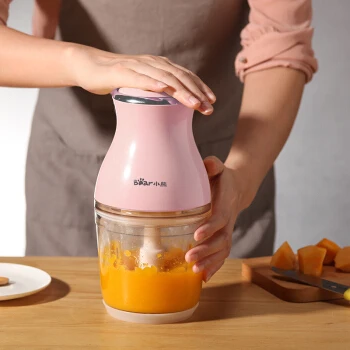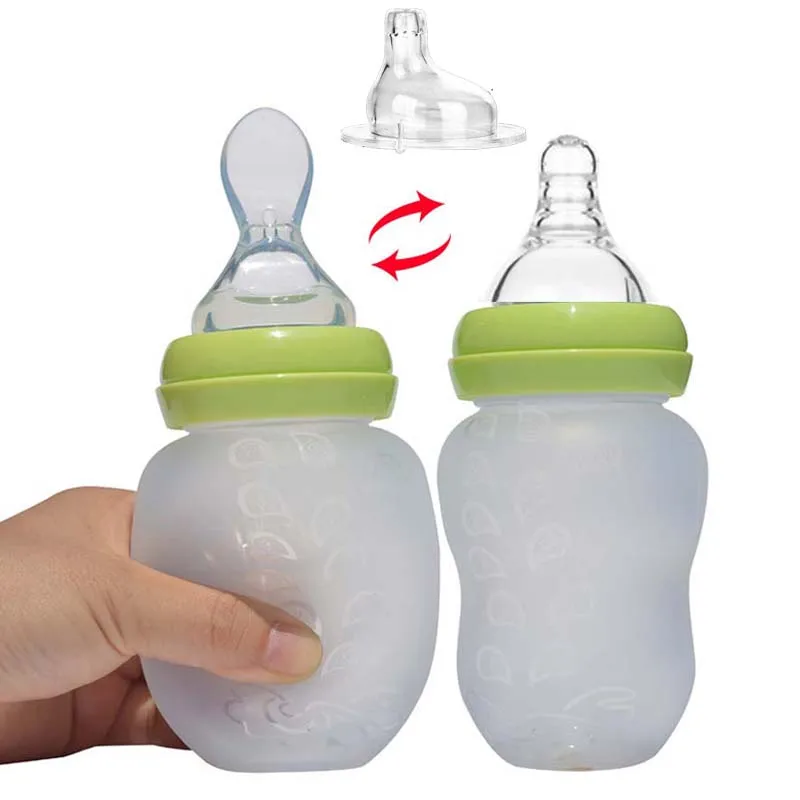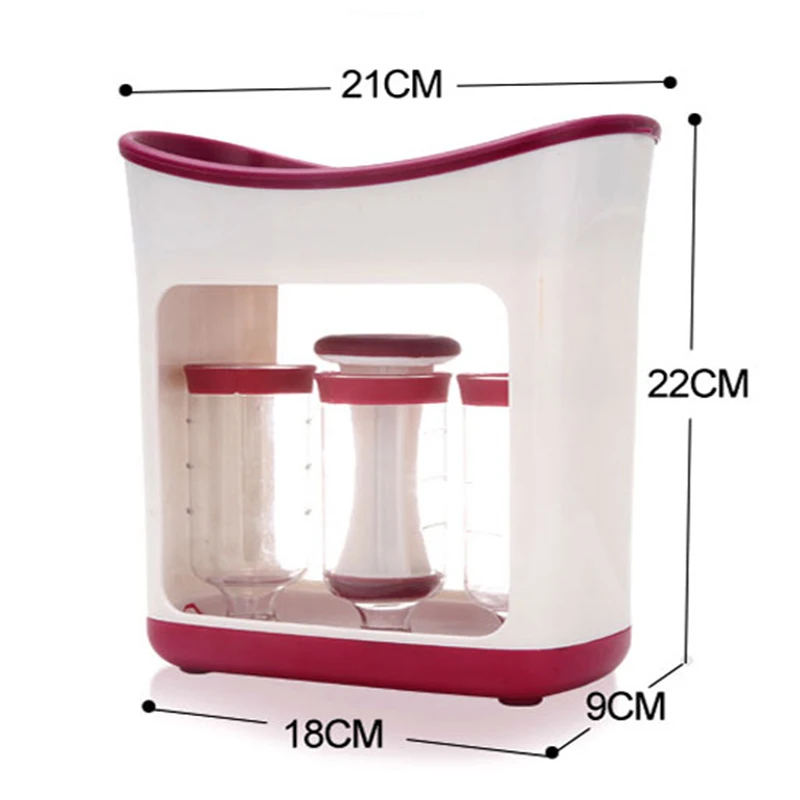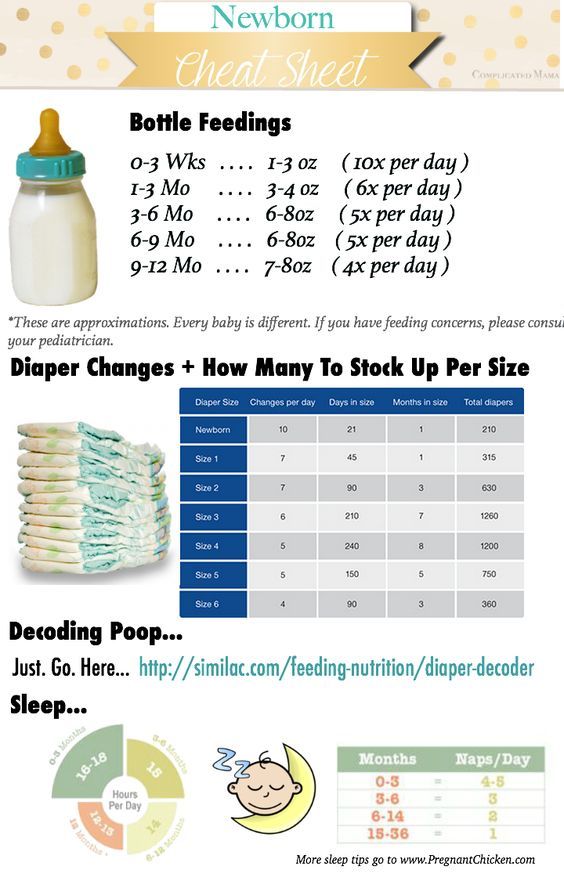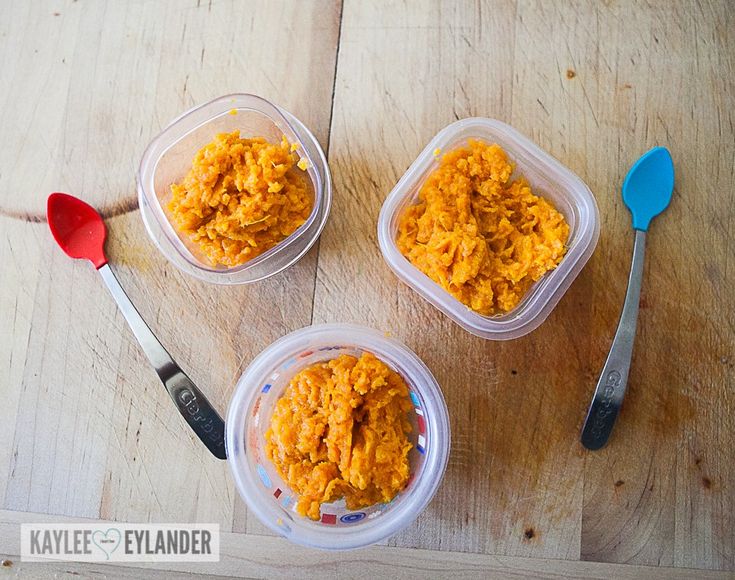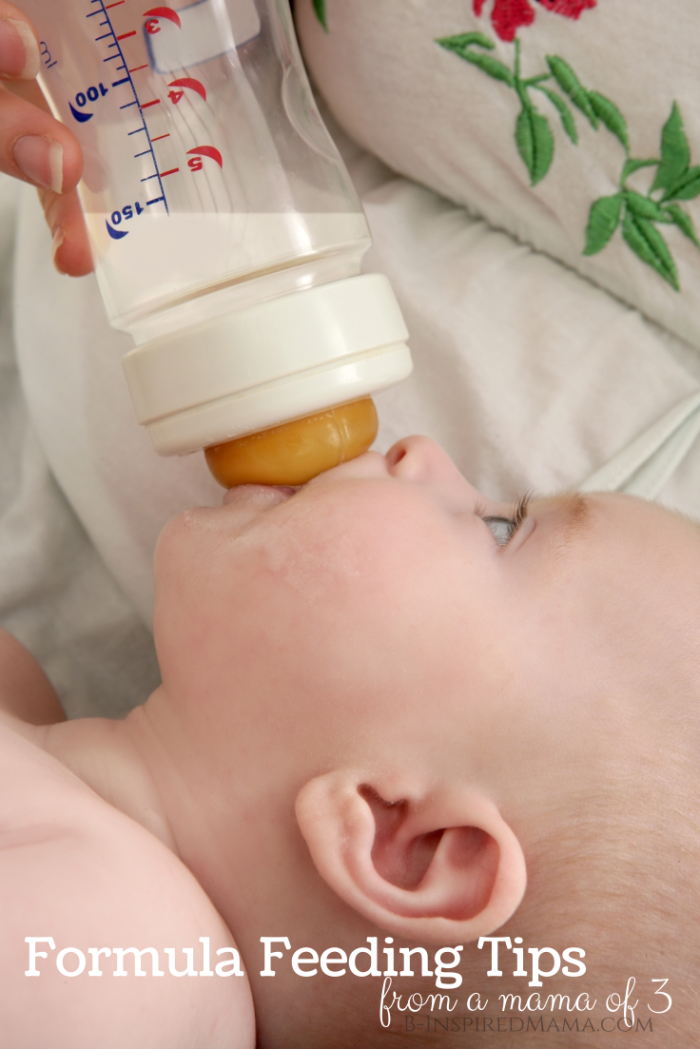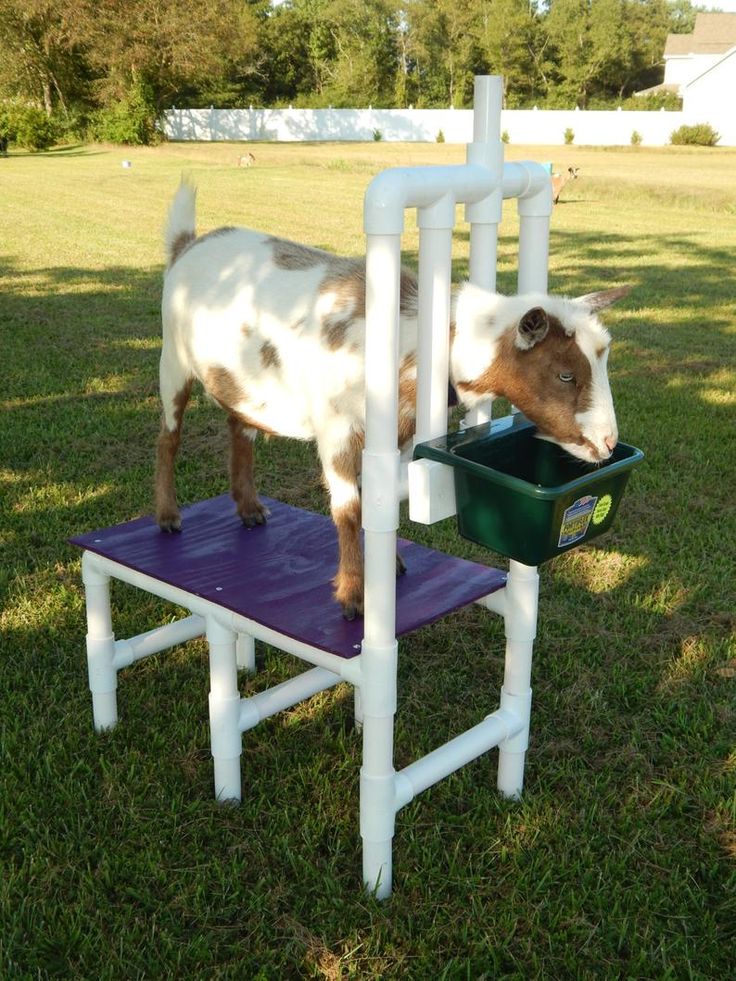Great first foods for baby
Best First Foods for Baby (purees & BLW)
These 10 Best First Foods for Baby are perfect either as a baby food puree or as finger foods for baby-led weaning. Full of essential nutrients for a growing baby, these irresistibly delicious recipes are great for babies 6+ months of age. What’s more, this guide also contains 6 tips for getting started and more than 30 easy-to-follow recipes!
Medically reviewed by Jamie Johnson, Registered Dietitian Nutritionist (RDN), and Lauren Braaten, Pediatric Occupational Therapist (OT).
Best First Foods for Baby
Looking to serve your baby the best foods right from their very first bite?
Then this guide is for you! Filled with 10 of my all-time favorite foods for baby, all in one place!
These 10 wholesome foods are packed with vital nutrients for a growing baby, are full of flavor, and are hassle-free to make into a simple baby food puree or finger food for baby-led weaning. Plus, the ingredients are relatively easy to find in any grocery store.
- Apple
- Broccoli
- Salmon
- Egg
- Sweet Potato
- Yogurt
- Avocado
- Banana
- Squash
- Green Beans
Let’s take a closer look into each of these mouthwatering foods, shall we?
First time making homemade baby food? Then, I would suggest that you start by reading my very in-depth Guide on how to Make Homemade Baby Food – which goes over all the important information such as the best cooking tools to have on hand, safe storage, how to know when baby is ready for solids, how to introduce purees, the best first foods for baby, and more! If you are doing Baby-Led Weaning, then be sure to check out my Complete Guide to Baby-Led Weaning – which covers what exactly is baby-led weaning, to every parent’s concern of baby-led weaning and choking, this guide goes over it all. I will also share how to know when baby is ready for BLW, the top 10 best first foods, a helpful sample blw feeding schedule, helpful tools to have on hand, and much much more! You can also check out my best-selling cookbook for even more information and recipes!
I will also share how to know when baby is ready for BLW, the top 10 best first foods, a helpful sample blw feeding schedule, helpful tools to have on hand, and much much more! You can also check out my best-selling cookbook for even more information and recipes!
Best Foods for Baby Video
Watch this video to see how easy these 10 foods are to make for your baby.
When Is Your Baby Ready For Their First Bite?
Whether you decide to go with traditional weaning (purees), baby-led weaning or a combination of both, look for these readiness signs in your baby:
- Around 6 months of age
- Sitting with minimal assistance
- Good control of their head and trunk
- Bringing hands and toys to their mouth
- Appears interested in food, possibly by reaching for or leaning forward towards food
Before you start weaning your baby, you should consult with your pediatrician to make sure your child is developmentally ready.
Tips for Getting Started
- Start Slowly – Start by serving a small amount of one food item to your baby once or twice a day to see how they will react. If they are reaching for more, then, by all means, give them more. If they keep tossing it on the floor or refusing to open their mouths, then take that food away and try again in a couple of days. It takes some time before they are eating entire meals.
- Cut Up Finger Foods – To avoid choking hazards, make sure you are cutting finger foods for baby-led weaning into long, 2-3 inch strips or small, mashable, pea-sized pieces. Usually, babies starting baby-led wearing prefer using their palmar grasp (holding onto the long 3″ piece of food), but you can also cut the food both ways to see which one your baby prefers.
- Be Patient – It might take a while for your baby to get into their eating groove. They may also love the idea of eating but get more food on the floor than in their mouths.
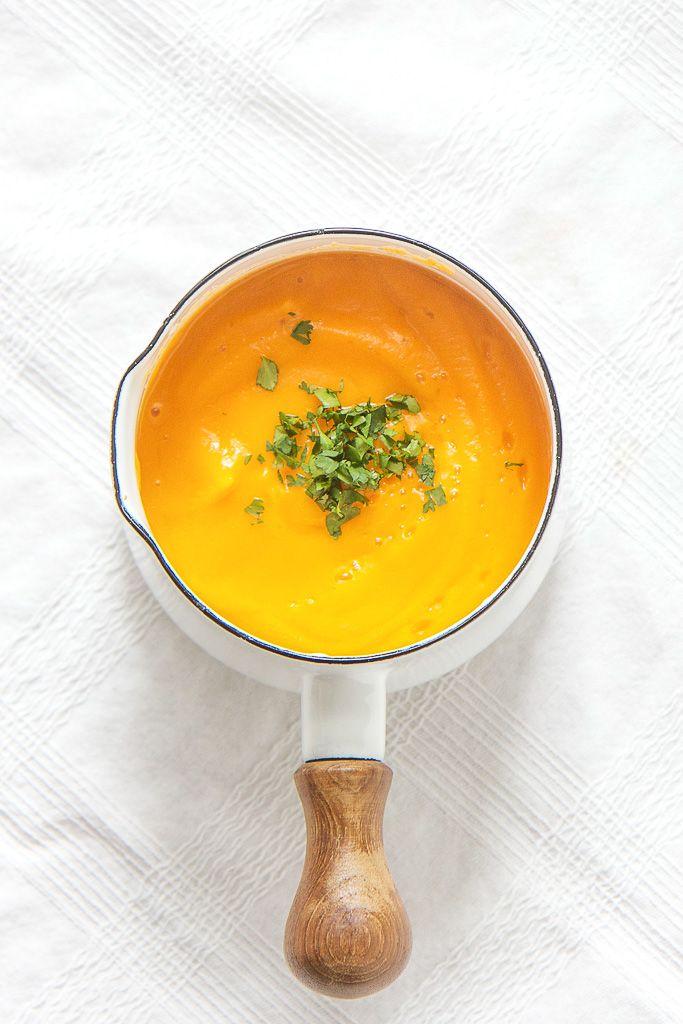 Babies might even seem interested in food but then turn their heads every time a spoon comes near their lips. It’s frustrating, I get it! But keep on serving healthy foods and be patient.
Babies might even seem interested in food but then turn their heads every time a spoon comes near their lips. It’s frustrating, I get it! But keep on serving healthy foods and be patient. - Eat as a Family – Whether you are doing purees or baby-led weaning, eating as a family promotes healthy food habits right from the start. By eating with your baby, you show them how to bring food from a plate to your mouth, chew, and swallow. And when babies see their mom or dad eating the same thing as they are, they are more likely to eat it!
- Mix It Up – Please do not take these 10 foods and serve them to baby all at once and for every meal. Sure, they are loaded with nutrients and flavor for a growing baby. But babies also need to be exposed to various fruits, veggies, grains, and meats. So mix things up and try to serve them different items each week.
- Add Seasoning – I definitely recommend serving food with spices, herbs, and added healthy fats (refined coconut oil, high-quality olive oil, or butter).
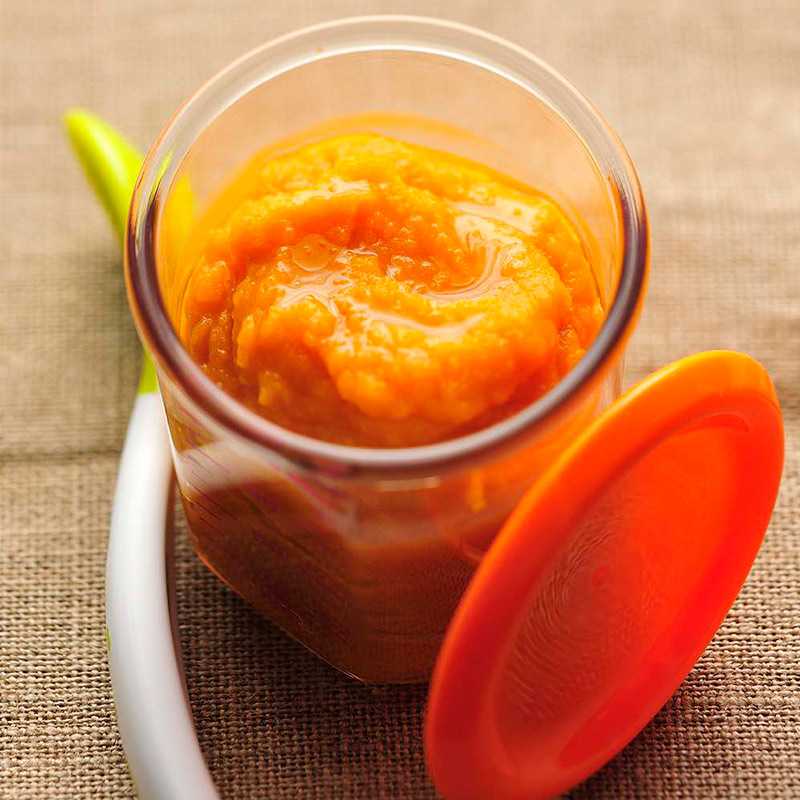 Not only do healthy fats aid in brain development and keep babies full up for longer, but they also make food taste way better! Fats are also needed to help absorb the fat-soluble vitamins A, D, E, and K.
Not only do healthy fats aid in brain development and keep babies full up for longer, but they also make food taste way better! Fats are also needed to help absorb the fat-soluble vitamins A, D, E, and K.
Purees vs. Baby-Led Weaning
Regardless of what you read or hear, there is no right or wrong way to feed your baby.
Purees might work better for your family because you can prep a ton of purees in an afternoon and have a freezer stash of food ready for your baby to eat anytime they are hungry.
Perhaps Baby-Led Weaning might be a more flexible way to serve food to your baby right alongside everyone else.
Or maybe a combo of purees and baby-led weaning would work best.
Either way, it’s important to remember that this stage of feeding is all about exposure to new flavors and textures of foods.
So, you do you!
Again, there is NO right way to feed your baby! Play around and find out what works best for both your baby and family and go with it.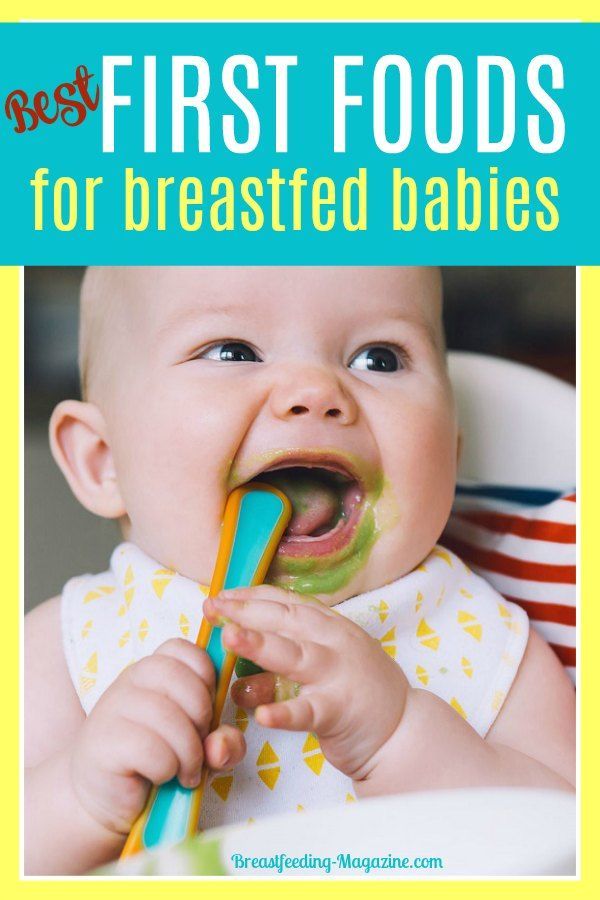
Kitchen Tools
Here are my favorite kitchen essentials to make the best homemade baby foods for your baby! These kitchen tools will help make the process of cooking, blending, and freezing baby food hassle-free. You can find a full list of my favorite baby food-making tools in my online Shop.
- Blender or Food Processor
- Freezer Storage Tray
- Fridge Storage Containers
- Stasher Bag
- Baking Sheet
- Steamer Basket
- Medium Saucepan
- Reusable Pouches
- easy to hold fork and spoon
- GOOtensils
- High Chair
- Suction Bowl and Spoon Set
- Bib with Food Catcher
Avocados are often called one of nature’s superfoods because they contain so many nutrients a person needs to survive and thrive.
Benefits of Avocado for Baby
They are packed with all the B vitamins (minus B12), vitamin C, a wide array of minerals and are high in brain-building omega-3 fatty acids.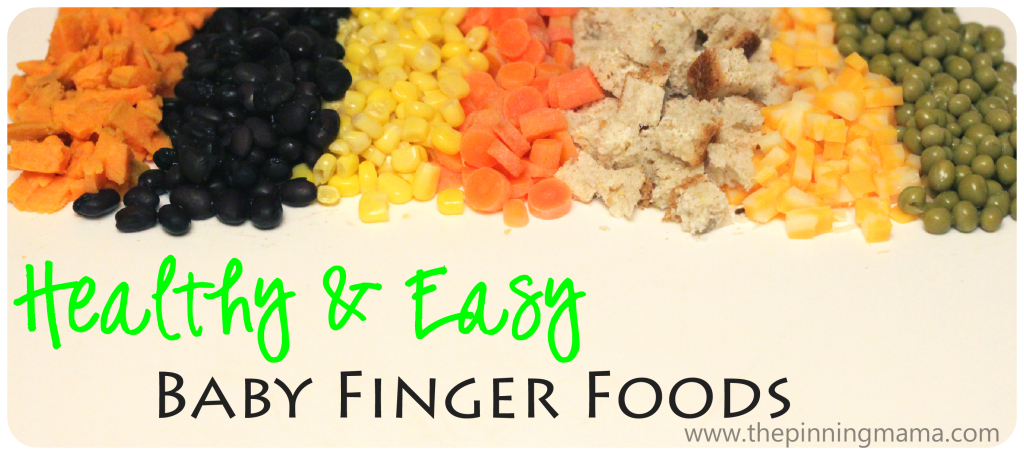 In fact, 88% of an avocado is made up of healthy fats, helping us absorb certain fat-soluble vitamins, control blood sugar, and support a healthy cardiovascular system. In other words, avocados are so nutritious; they are also ideal as the first food for your baby.
In fact, 88% of an avocado is made up of healthy fats, helping us absorb certain fat-soluble vitamins, control blood sugar, and support a healthy cardiovascular system. In other words, avocados are so nutritious; they are also ideal as the first food for your baby.
How to Make Avocado Baby Food Puree
Make sure to read the recipe card below for full ingredients and instructions!
- Peel and pit a quarter of a ripe avocado and place it on a cutting board.
- With the back of a fork, mash the avocado until smooth.
- If needed, you can add a teaspoon or two of formula or breast milk to make the puree extra smooth and creamy.
How to Serve Avocado for Baby-Led Weaning
Make sure to read the recipe card below for full ingredients and instructions!
- Cut a slice of avocado off of the pit.
- Using a small knife, cut into the peel 1/3 of the way up the slice of avocado until you get to the flesh.
- Peel off 2/3 of the peel and hand your baby the peel side of the avocado.
 This provides a nice handle for babies to hold while they eat the avocado.
This provides a nice handle for babies to hold while they eat the avocado.
Want more avocado recipes? Get 4 more ways to serve avocado to baby here!
EggEggs are another amazing first food for babies and can be served any time of the day.
Benefits of Eggs for Baby
Egg yolks are packed with choline, an important nutrient for your baby’s brain development, and the whites are excellent sources of protein. Pasture-raised eggs are a good course of brain-boosting Omega-3s.
How to Make Egg Baby Food PureeMake sure to read the recipe card below for full ingredients and instructions!
- Hard-boil an egg, then peel away the shell and white part.
- Place the cooked egg yolk on a cutting board or baby-safe plate.
- Using the back of a fork, mash the egg yolk until smooth, adding a teaspoon or two of breast milk or formula if needed to make it creamy.
Make sure to read the recipe card below for full ingredients and instructions!
- Peel a hard-boiled egg and cut it into quarters the long way.
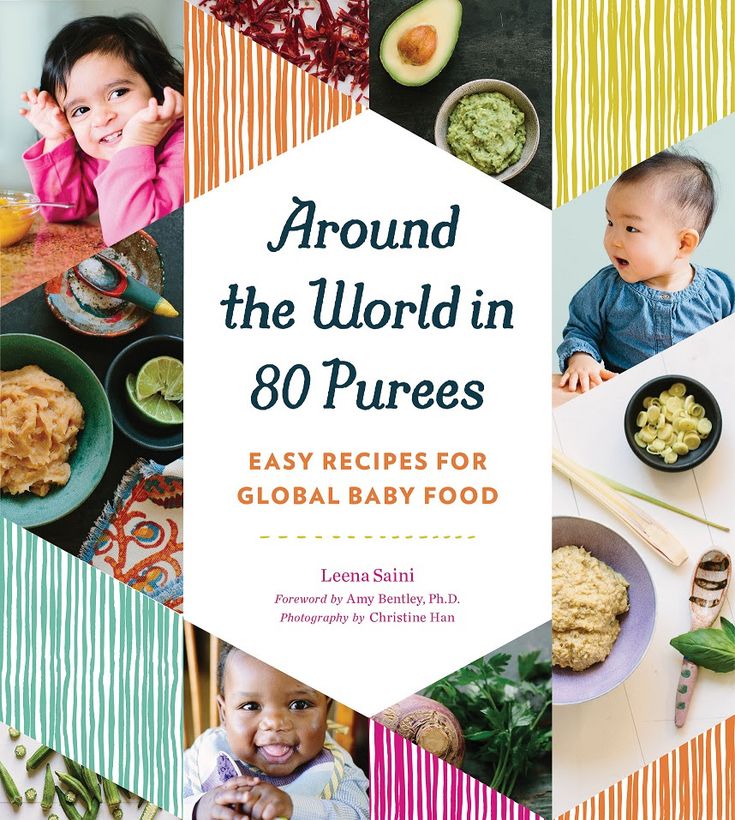 Scrambled eggs, plain omelets, or egg roll-ups also work great as finger food for babies.
Scrambled eggs, plain omelets, or egg roll-ups also work great as finger food for babies. - Place the egg quarters on baby’s highchair tray or in a bowl.
Sweet Potato
Sweet potatoes are also at the top of my list when it comes to the first foods to introduce to babies. The nutritional value of sweet potatoes is outstanding, and their naturally sweet taste makes them easy to introduce to your baby.
Benefits of Sweet Potato for Baby
Sweet potatoes are also high in beta-carotene and vitamin C and the ultra-important electrolyte mineral, potassium! Sweet potatoes also contain good levels of vitamin E, calcium, and folate. Due to their high fiber content, sweet potatoes helps support a healthy digestive tract and promote regular bowel movements for your baby.
How to Make Sweet Potato Baby Food Puree
Make sure to read the recipe card below for full ingredients and instructions!
- Peel and chop 1-2 sweet potatoes.
- Place them in a steamer basket over boiling water and steam for 10-12 minutes or until tender when pricked with a fork.

- Add cooked sweet potatoes to a food processor or blender, and puree for 1-2 minutes until completely smooth, adding water, fresh breast milk or formula, in 1/4 cup increments if needed. I had to use 1 cup of water for the puree above.
- For more sweet potato recipes your baby can enjoy, visit these posts: Sweet Potato + Curry Baby Food Puree, Sweet Potato + Thyme Baby Food Puree, and Sweet Potato with Coconut Milk Baby Puree.
How to Serve Sweet Potatoes for Baby-Led Weaning
Make sure to read the recipe card below for full ingredients and instructions!
- Peel and slice the sweet potato into long strips that are half an inch thick.
- Place wedges a steamer basket and steam for 8-10 minutes or until tender when pricked with a fork. Remember, you want them soft but not overcooked. Overcooked sweet potatoes tend to fall apart when babies fist them.
- Let them cool and serve to baby. This recipe will last 5 days in the fridge.
Want more sweet potato recipes? Then head over to Sweet Potato for Baby – 6 Delicious Ways
Apples
Apples are a yummy, nutrient-dense first food for babies too. They’re easy to digest, high in immune-boosting nutrients, and perfectly sweet on their own.
They’re easy to digest, high in immune-boosting nutrients, and perfectly sweet on their own.
Benefits of Apples for Baby
We’ve all heard the saying “An apple a day…” well, there may be some truth to this — apples are high in polyphenols and phytonutrients, which are potent antioxidants that help protect babies and kiddos from disease and illness. In addition to antioxidants, apples contain insoluble and soluble fiber, helping protect babies from diarrhea and constipation.
How to Make Apple Baby Food Puree
Make sure to read the recipe card below for full ingredients and instructions!
- Peel and chop 2-3 apples and place them in a steamer basket over boiling water and cook for 8-10 minutes or until tender when pricked with a fork.
- Transfer the apples to a blender and puree for 1-2 minutes or until smooth, adding liquid (water, fresh breastmilk, or formula) in 1/4 cup increments if needed.
- For more amazing apple puree recipes, check out Apple + Cinnamon Baby Food Puree, Apple + Clove Baby Food Puree and Apple + Coconut Milk Baby Food Puree.
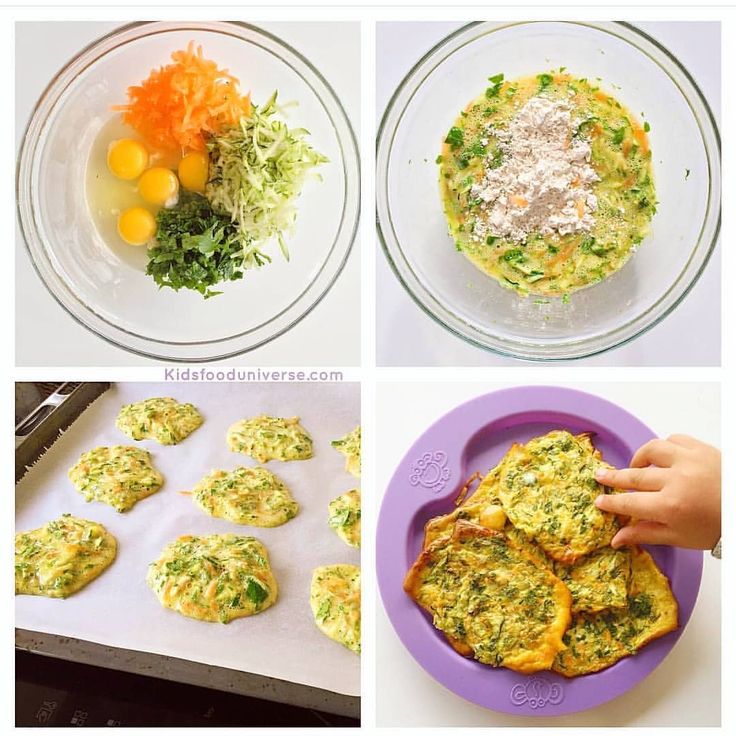
How to Serve Apples for Baby-Led Weaning
Make sure to read the recipe card below for full ingredients and instructions!
- Peel and slice an apple and place in a steamer basket over boiling water for 6-8 minutes or until just tender when pricked with a fork. You want the slices soft but not falling apart.
- Let them cool and serve to baby. You may also add a pinch of cinnamon to the apple slices before serving, but this is optional. Steamed apple slices will last in the fridge for 3 days.
- Add a squeeze of lemon juice to prevent them from browning.
Broccoli
Broccoli is definitely one of the best first food choices for your baby.
Benefits of Broccoli for Baby
This green cruciferous veggie has been shown to lower cholesterol, aid in detoxification, rebuild vitamin D stores, and help combat inflammation. Steaming ensures the broccoli retains the most nutrients and that it won’t become too mushy — a characteristic many kiddos frown upon.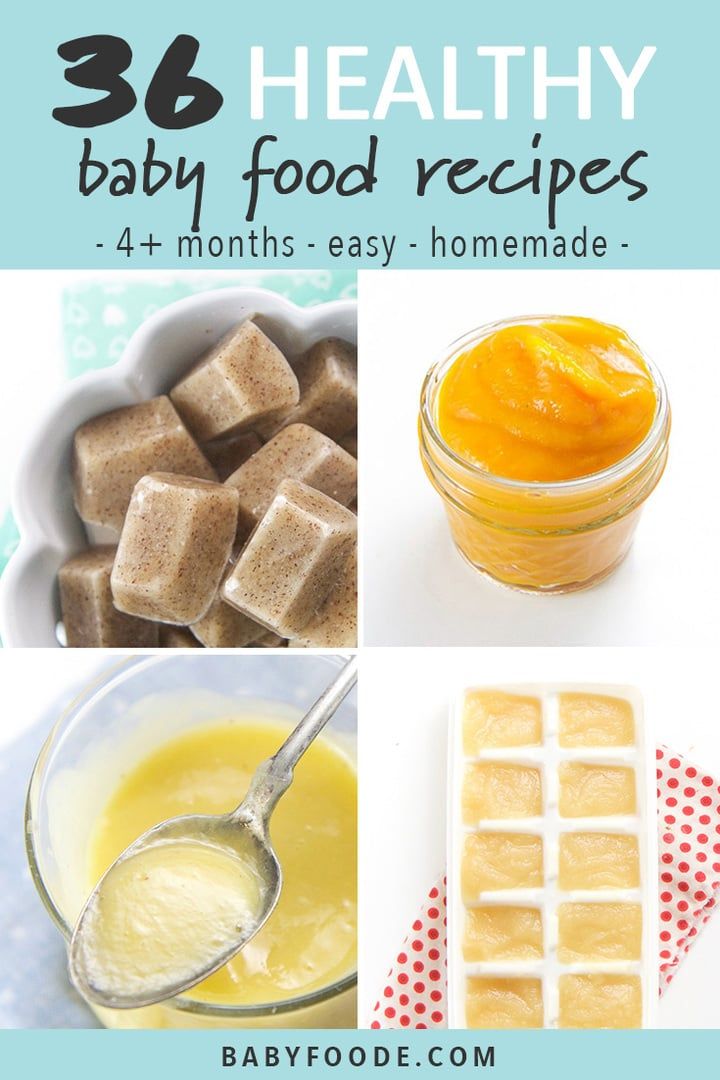
How to Make Broccoli for Baby Food Puree
Make sure to read the recipe card below for full ingredients and instructions!
- Place 2 cups of broccoli florets in a steamer basket over boiling water and steam for 10-12 minutes until tender.
- Transfer to a blender and puree for 1-2 minutes, adding 1/4 cup of liquid (water, fresh breastmilk, or formula) until you have a creamy puree.
- Here are some more amazing broccoli recipes: Broccoli + Chives Baby Food Puree and Broccoli + Olive Oil Puree Baby Food Recipe.
How to Serve Broccoli for Baby-Led Weaning
Make sure to read the recipe card below for full ingredients and instructions!
- Place a cup of broccoli florets into a steamer over boiling water and steam for 8-10 minutes or until tender when pricked with a fork.
- Let them cool and serve to your baby in florets or chopped up into pea-sized pieces. Here is a recipe for my fav roasted broccoli for baby.
Wild-caught salmon is one of the world’s healthiest foods and believe it or not, is a great first food for baby.
Benefits of Salmon for Baby
This is because it is packed with vitamins and minerals like vitamins D and B-12 and omega-3 fatty acids. In fact, salmon is one of the best sources of omega-3s! Combined, these nutrients help improve bone health, boost brain function, promote a healthy heart, and reduce ADHD symptoms in children.
How to Make Salmon Baby Food PureeMake sure to read the recipe card below for full ingredients and instructions!
- I used grilled salmon as that is what I had on hand, but any cooked salmon would work. Place 1/4 cup of cooked salmon along with 1 cup of cooked sweet potato or squash into a blender and puree for 1-2 minutes, adding 1/4 cup of liquids (water, fresh breast milk, or formula) until smooth.
- You can use any fruit or veggie your baby prefers in this recipe. Adding another veggie to the puree also helps the salmon blend into a nice, smooth puree.
Make sure to read the recipe card below for full ingredients and instructions!
- Flake some cooked salmon onto a baby-safe plate or their high chair tray, making sure to pick off any bones.
 Let your baby eat them with their hand or with this baby-led weaning fork.
Let your baby eat them with their hand or with this baby-led weaning fork.
Yogurt
Plain, whole milk yogurt is a tasty first food for your baby and is great served by itself or mixed into other purees.
Benefits of Yogurt for Baby
Produced by the bacterial fermentation of cow’s milk, yogurt is full of beneficial probiotics that improve digestion and constipation that help keep our gut in good working order. Yogurt is also high in protein (especially Greek or skyr varieties) and calcium, helping our bones and teeth stay healthy and strong.
Whole milk yogurt is recommended over low fat because fat helps with brain development. Plus, fat and protein can help maintain fullness for longer. Yogurt has also been shown to help improve blood sugar control (the plain variety, not the sweetened, fruit, or vanilla flavored) and help reduce total cholesterol levels while increasing our “good” HDL cholesterol. It’s best to avoid any flavored yogurt at this age so your baby does not get too much sugar.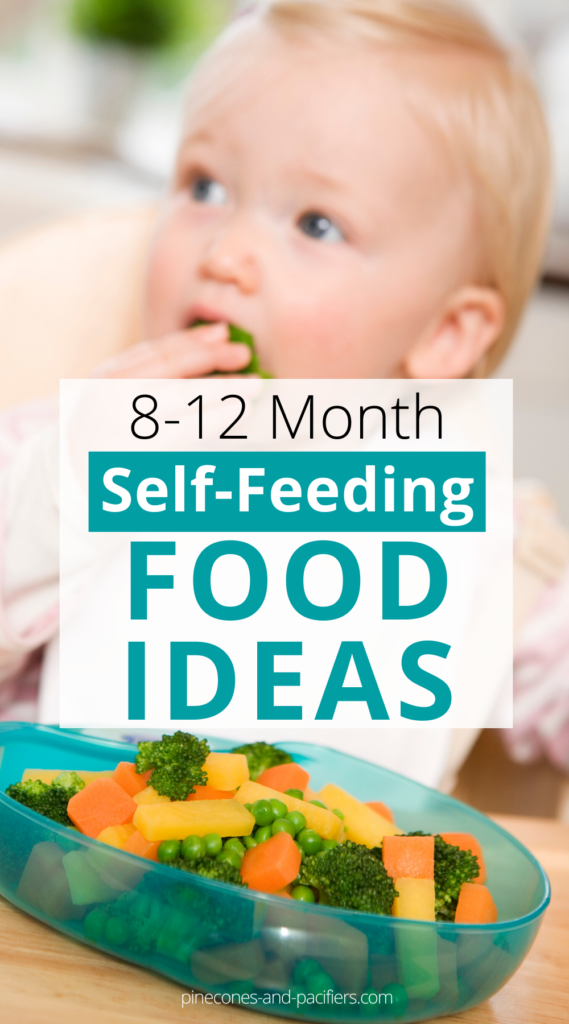 You can also serve your baby plain goat’s milk as a nice alternative to cow’s milk yogurt. I recommend waiting to serve plant-based yogurts to your baby until 7 months, but keep in mind; they will not have the same nutrient profile as dairy yogurts.
You can also serve your baby plain goat’s milk as a nice alternative to cow’s milk yogurt. I recommend waiting to serve plant-based yogurts to your baby until 7 months, but keep in mind; they will not have the same nutrient profile as dairy yogurts.
How to Make Yogurt Baby Food Puree
Make sure to read the recipe card below for full ingredients and instructions!
- Place a small spoonful in a bowl and serve to your baby.
How to Serve Yogurt for Baby-Led Weaning
Make sure to read the recipe card below for full ingredients and instructions!
- Place a small spoonful of yogurt into a bowl, load up this self-feeding GOOtensil with a small amount of yogurt, and hand it to your baby.
NumNum Pre-Spoon GOOtensils
Our favorite spoon for baby! Designed to work great with both purees and soft solid foods, the spoon holds onto the food and makes it easier for baby to self-feed themselves.
View Product
Banana
Bananas and babies are pretty much synonymous.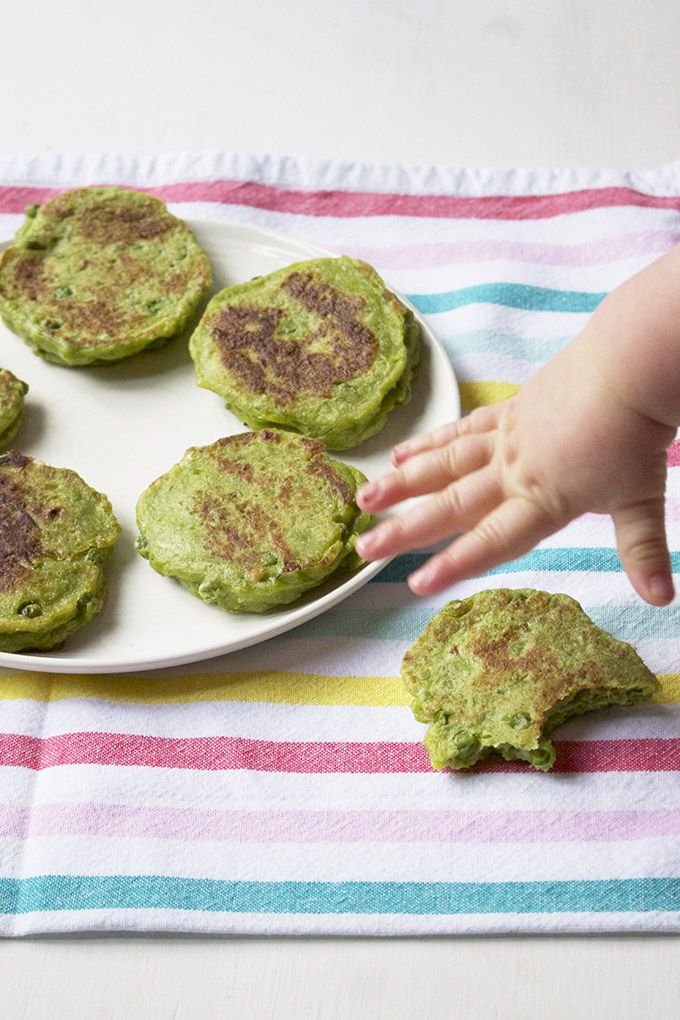
Benefits of Banana for Baby
Bananas are sweet, mushy, and easy to digest, so they are ideal as first foods for babies. They are a good source of potassium and fiber, and here’s the best part: you don’t have to peel, chop, steam, or puree them. Just peel, pinch with your (clean) finger, and then serve! Spoons are totally optional. Older babies love to squish bananas on their own with a little pincer grasp. But beware of messy banana on bibs, faces, high chair trays, clothing, the floor, the dog, your hair. Oh, bananas! Many a happy baby has gobbled, gulped, and giggled his way through those first delicious bites of bananas! 🍌
How to Make Banana Baby Food Puree
Make sure to read the recipe card below for full ingredients and instructions!
- Take a ripe banana and peel.
- Place half of it on a cutting board, and mash with the back of a fork until it’s rich and creamy.
Make sure to read the recipe card below for full ingredients and instructions!
- Cut a banana in half, and then gently cut about 2 inches from the stem around the banana.

- Peel the top off, but leave the banana attached to give your baby a handle to hold onto.
- Hand your baby the stem part of the banana for them to hold onto while they eat it.
Looking for more banana recipes for your baby? I’ve got you covered: Banana Baby Food – 8 Ways (Puree & Baby-Led Weaning)
Squash
Squash comes in many delicious varieties and is one of the healthiest first food for babies.
Benefits of Squash for Baby
Delicata, Acorn, Hubbard, Kabocha, and Butternut are all part of the winter squash family and are all high in carotenoids, a special class of antioxidants that may help prevent cancer and inflammation. Winter squash may also help regulate blood sugar, reduce the risk of cardiovascular disease, and improve mood, thanks to its high content of mood-boosting Omega-3 fatty acids. Plus, winter squash has a robust, naturally sweet taste that babies will enjoy year-round.
How to Make Squash Baby Food Puree
Make sure to read the recipe card below for full ingredients and instructions!
- Place cubed squash (any variety) in a steamer basket and steam for 10-12 minutes or until tender when pricked with a fork.

- Transfer to a blender and puree for 1-2 minutes on high, adding liquid (water, fresh breastmilk, or formula) in 1/4 cup increments until creamy. You can use frozen or precut squash to make your life a little easier.
How to Serve Squash for Baby-Led Weaning
Make sure to read the recipe card below for full ingredients and instructions!
- Cut long strips of squash and place them in a steamer basket over boiling water.
- Steam for 8-10 minutes until tender.
- Let them cool and serve. I love using this crinkle cutter to make veggies easier for my baby to grip.
Green Beans
In just one serving of green beans, your baby will be getting a nice big dose of essential nutrients.
Benefits of Green Beans for Baby
Nutrients found in green beans can help prevent various conditions, including asthma, ear infections, and even the common cold and flu! Although green beans have a rich, green color, they also provide your baby with carotenoids, normally found in vibrantly colored orange fruits and veggies.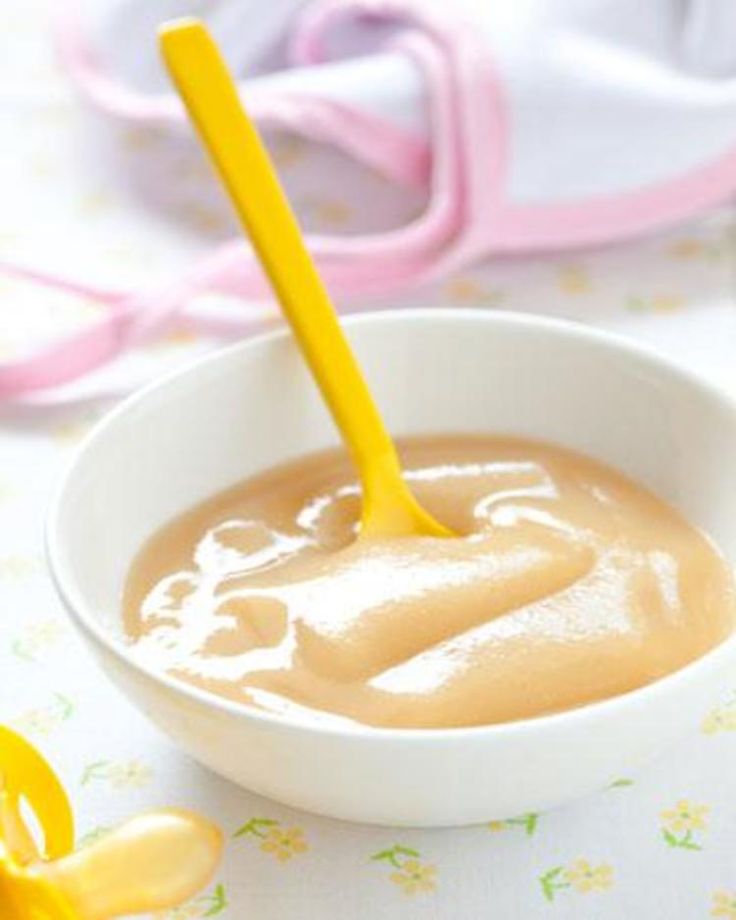 These carotenoids are potent health-supporting antioxidants that will help keep your baby free from illness!
These carotenoids are potent health-supporting antioxidants that will help keep your baby free from illness!
How to Make Green Beans Baby Food Puree
Make sure to read the recipe card below for full ingredients and instructions!
- Place two cups of green beans in a steamer basket over boiling water and steam for 8-10 minutes or until tender.
- Transfer the beans to a blender and puree for 1-2 minutes, adding 1/4 cup liquid (water, fresh breastmilk, or formula) if needed until smooth.
- Here are some more awesome green bean puree recipes: Green Bean + Basil Baby Food Puree, Green Bean + Coconut Oil Organic Baby Food Puree, and Green Beans + Parsley Baby Food Puree.
How to Serve Green Beans for Baby-Led Weaning
Make sure to read the recipe card below for full ingredients and instructions!
- Place a cup of green beans in a steamer basket and steam for 6-8 minutes or until tender when pricked with a fork.
- Let them cool.

- If they are too long, cut them in half before serving to your baby.
- 1/4 avocado
- 1 large egg
- 1-2 medium sweet potatoes
- 1-3 apples, such as gala, fuji or honeycrisp
- 1-2 cups broccoli florets
- 1/4 cooked salmon
- 1-2 tbsp yogurt, plain whole fat or 2% fat
- 1/2 ripe banana
- 1-2 cups squash
- 1-2 cups green beans, trimmed
Avocado For Baby
For Puree: Simply peel and pit a quarter of a ripe avocado and place on a cutting board. Then with the back of a fork, mash the avocado until smooth.
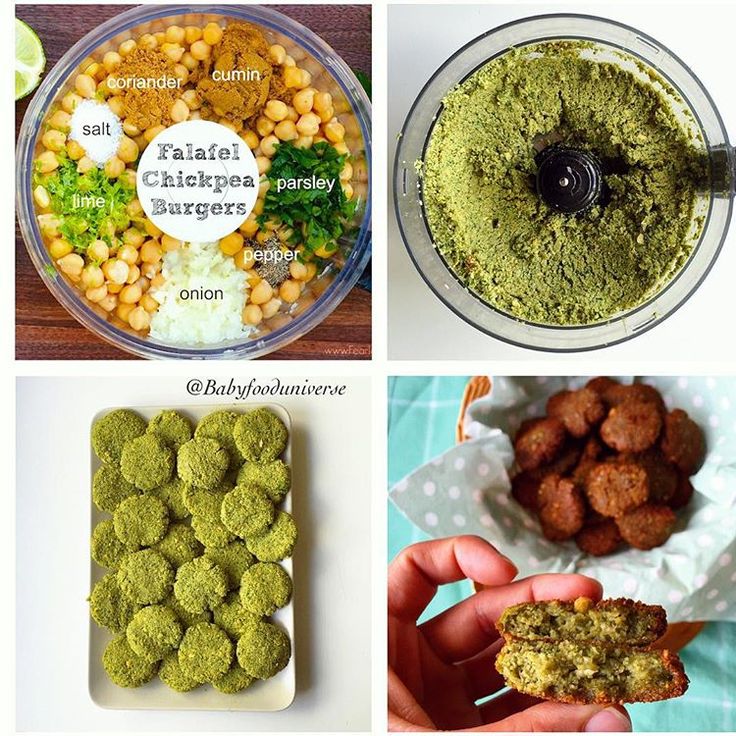 You can add in a teaspoon or two of formula or breast milk to make it super smooth and creamy.
You can add in a teaspoon or two of formula or breast milk to make it super smooth and creamy.For Baby-Led Weaning: Cut a slice of avocado off of the pit. Using a small knife, cut into the peel 1/3 of the way up the slice of avocado until you get to the flesh. Peel off 2/3 of the peel and hand baby the peel side of the avocado. This provides a nice handle for baby to hold while they eat the avocado.
Egg for Baby
For Puree: Using a hardboiled egg, peel away the shell and white part of the egg. Then place the cooked egg yolk on a cutting board or baby-safe plate. Using the back of a fork, mash the egg yolk until smooth, adding in a teaspoon or two of breast milk or formula if needed to make it creamy.
For Baby-Led Weaning: Peel a hardboiled egg and then cut into quarters the long way.
Sweet Potato for Baby
For Puree: Peel and chop 1-2 sweet potatoes.
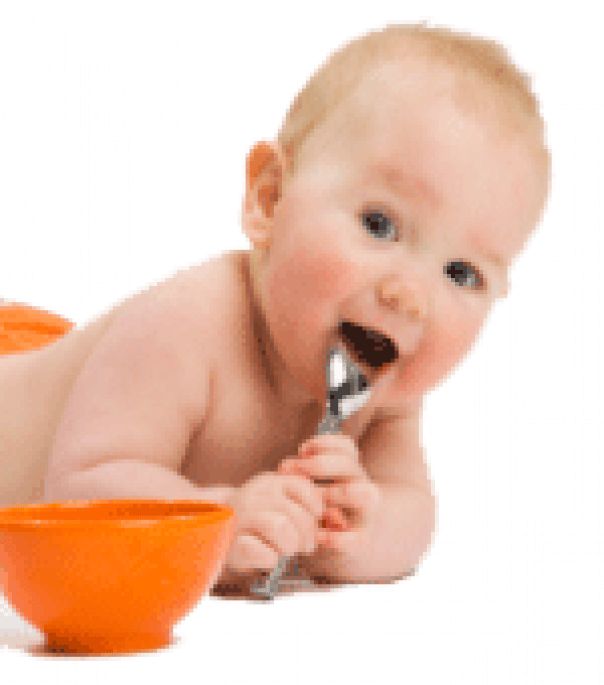 Place in a steamer basket over boiling water and steam for 10-12 minutes or until tender when pricked with a fork. Add cooked sweet potatoes to a food processor or blender, and puree for 1-2 minutes until completely smooth, adding in water in 1/4 cup increments if needed. I had to use 1 cup of water for the puree above.
Place in a steamer basket over boiling water and steam for 10-12 minutes or until tender when pricked with a fork. Add cooked sweet potatoes to a food processor or blender, and puree for 1-2 minutes until completely smooth, adding in water in 1/4 cup increments if needed. I had to use 1 cup of water for the puree above. For Baby-Led Weaning: Peel and slice the sweet potato into long strips that are half an inch thick. Place in a steamer basket and steam for 8-10 minutes or until just tender when pricked with a fork. You want them soft but not overcooked. Overcooked sweet potatoes tend to fall apart when baby fists them. Let cool and serve to baby. Will last 5 days in the fridge.
Apple for Baby
For Puree: Peel and chop 2-3 apples and place in a steamer basket over boiling water and cook for 8-10 minutes or until tender. Transfer the apples to a blender and puree for 1-2 minutes or until smooth, adding in liquid (water, breastmilk or formula) in 1/4 cup increments if needed.

For Baby-Led Weaning: Peel and slice an apple and place in a steamer basket over boiling water for 6-8 minutes or until just tender when pricked with a fork. You want it soft but not falling apart. Let cool and serve to baby. Optional – sprinkle a pinch of cinnamon on apple slices before serving. Steam apple slices will last in the fridge for 3 days, add a squeeze of lemon juice to help them from browning.
Broccoli for Baby
For Puree: Place 2 cups of broccoli florets in a steamer basket over boiling water and steam for 10-12 minutes until tender. Transfer to blender and puree for 1-2 minutes, adding in 1/4 cup of liquid (water, breastmilk or formula) until you have a smooth puree.
For Baby-Led Weaning: Place a cup of broccoli florets into a steamer over boiling water and steam for 8-10 minutes or until tender when pricked with a fork. Let cool and serve to baby in florets or chopped up into “pea” size pieces.

Salmon for Baby
For Puree: I used grilled salmon as that is what I had on hand, but any cooked salmon would work. Place 1/4 cup cooked salmon along with 1 cup cooked sweet potato or squash into a blender and puree for 1-2 minutes, adding in 1/4 cup of liquids (water, breast milk or formula) until smooth. You can really use any fruit or veggie your baby prefers in this recipe. Adding another veggie in the puree helps the salmon blend into a nice smooth puree.
For Baby-Led Weaning: Flake some cooked salmon onto a baby-safe plate or their high chair tray, making sure to pick off any bones. Let baby eat with their hand or with a baby fork.
Yogurt for Baby
For Puree: Place a small spoonful in a bowl and serve to baby.
For Baby-Led Weaning: Place a small spoonful of yogurt into a bowl and load up a self-feeding baby utensil with a small amount of yogurt and hand it over to baby.
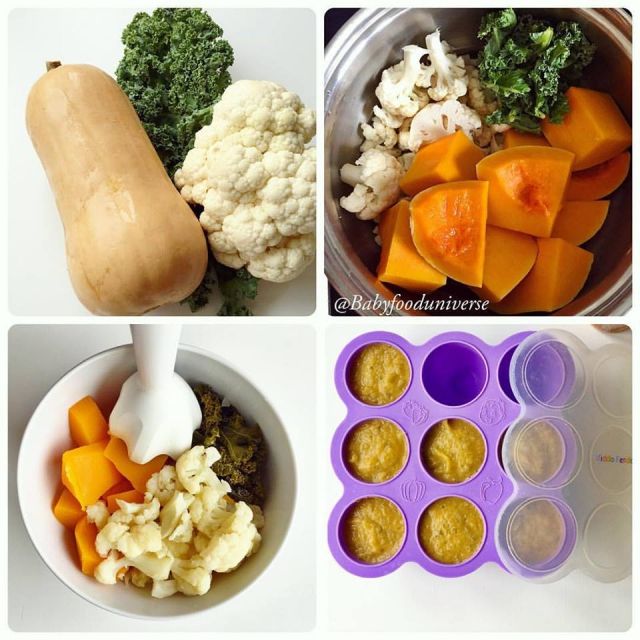
Banana for Baby
For Puree: Place half of a ripe and peeled banana on a cutting board and mash with the back of a fork until smooth.
For Baby-Led Weaning: Cut a banana in half, and then gently cut about 2 inches from the stem around the banana. Peel the top off, but leave the banana attached, thus giving baby a handle to hold onto. Hand baby the stem part of the banana for them to hold onto while they eat the banana.
Squash for Baby
For Puree: Place cubed squash (any variety) in a steamer basket and steam for 10-12 minutes or until tender when pricked with a fork. Transfer to a blender and puree for 1-2 minutes on high, adding in liquid (water, breastmilk or formula) in 1/4 cup increments until smooth. You can use frozen or pre-cut squash to make your life a little easier.
For Baby-Led Weaning: Cut long strips of squash and place in a steamer basket over boiling water.
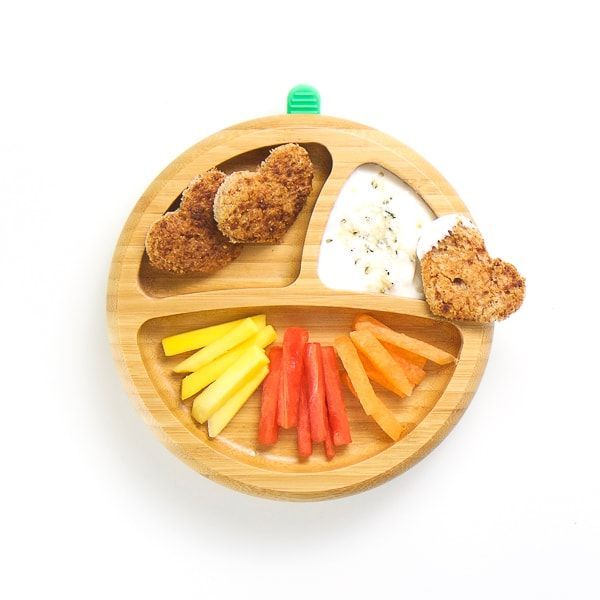 Steam for 8-10 minutes until tender. Let cool and serve.
Steam for 8-10 minutes until tender. Let cool and serve.
Green Beans for Baby
For Puree: Place two cups of green beans in a steamer basket over boiling water and steam for 8-10 minutes or until tender. Transfer the beans to a blender and puree for 1-2 minutes, adding in 1/4 cup liquid (water, breastmilk or formula) if needed until smooth.
For Baby-Led Weaning: Place a cup of green beans in a steamer basket and steam for 6-8 minutes or until tender when pricked with a fork. Let cool, cut in half if green beans are too long and serve to baby.
Age: 4+ months (stage one)
Storage: Purees can be stored in an air-tight container in the fridge for up to 4 days, and in the freezer for up to 3 months. Baby-led weaning foods can be stored in an air-tight container for up to 4 days.
Freezer Tray
Grabease Utensil
Bumkins Baby Bowl
Tripp Trapp High Chair
Did you make this recipe?
Tag @babyfoode on Instagram and hashtag it #babyfoode!
Pin Recipe Email a Friend
Ultimate Guide to Baby Led Weaning (and Best First Foods)
Learn the basics of how to do the feeding approach known as “baby led weaning” and the best first foods for baby to make starting solids easy and fun. Plus: Learn why it’s perfectly okay to use a combined approach of blw and purees.
Baby Led Weaning
The feeding approach known as “baby led weaning” or “BLW” for short, is a style of feeding infants that allows them to feed themselves right from the start. The food is offered in thick finger-size pieces and is soft and easily squishable between your fingers. This way, the food is both easy to hold but has a low risk of choking.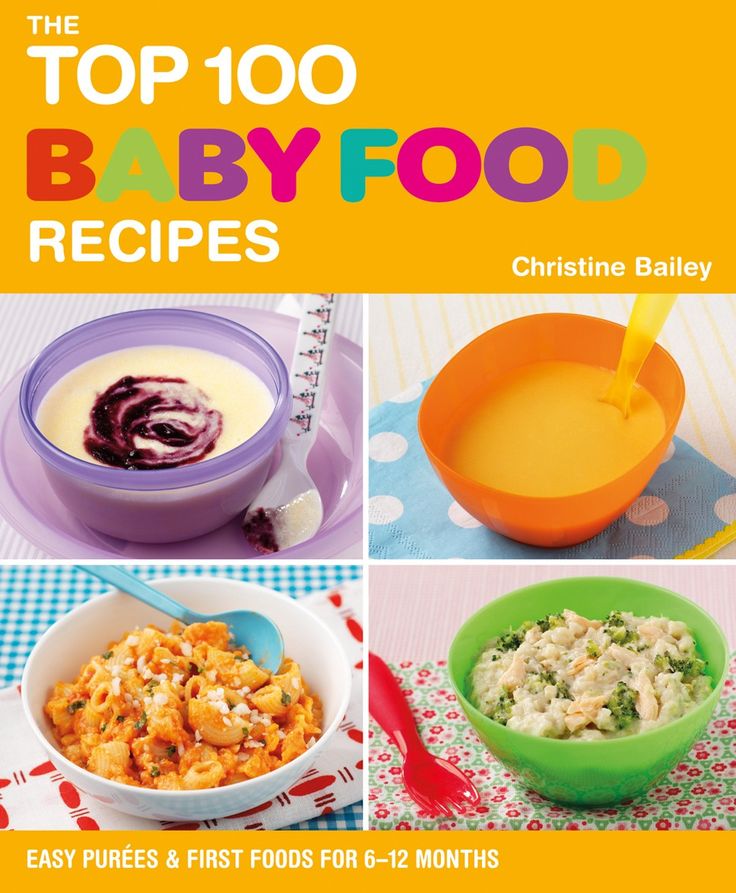
TIP: This method became popular about a decade ago after the publication of the Baby Led Weaning: The Essential Guide to Introducing Solid Food by UK author Gill Rapley.
BLW Baby
One of the many reasons that people are starting to opt for this style of feeding more and more is simply that it’s easy. In many cases, you can modify foods you’re already making to share with your baby and there’s not always a lot of separate cooking involved. It also allows a baby to have control over what goes into their mouths, which sets a good precedent for letting them eat intuitively from the start.
What age should I start baby led weaning?
According to the American Academy of Pediatrics, a baby is ready to start solids with baby led weaning when:
- They’ve doubled their birth weight (at least).
- They can hold their head up well and are starting to sit up unsupported.
- They show signs of being interested in food (watching you eat, reaching for food when you’re eating, etc).
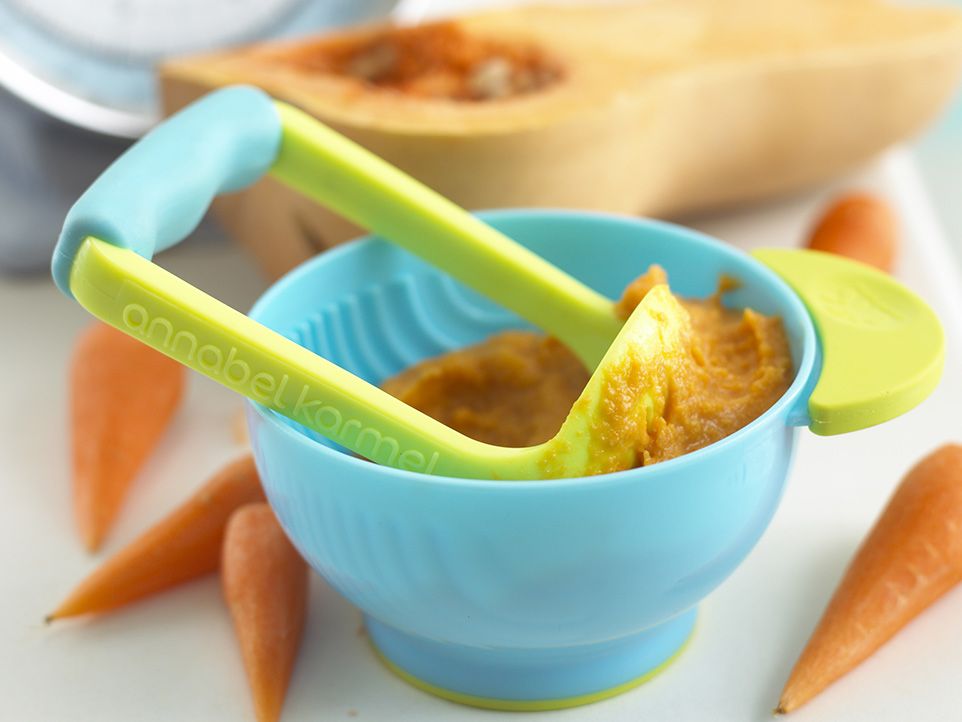
- When you feed them, they are able to move the food around in their mouths—rather than spit it right out.
TIP: Look for a highchair that allows a baby to sit up relatively straight so they can have good posture and better control over their arms and hands.
How to Start Baby Led Weaning
The first time you offer solids is such a fun milestone, so you’ll be ready once you follow these simple steps.
- Make sure baby has hit the milestones listed above to let you know that he’s ready to start.
- Get the highchair ready and adjust the straps and foot rest as needed.
- Plan to introduce water when you start solids. I recommend a trainer cup.
- Choose one food to start with and plan to offer only one food at a time.
- Stop when baby starts to fuss, turns his head away, or shows any other signs of not wanting to continue. It’s usually fairly obvious when they are done!
TIP: If you start offering solids and baby just doesn’t seem interested at all, it’s okay.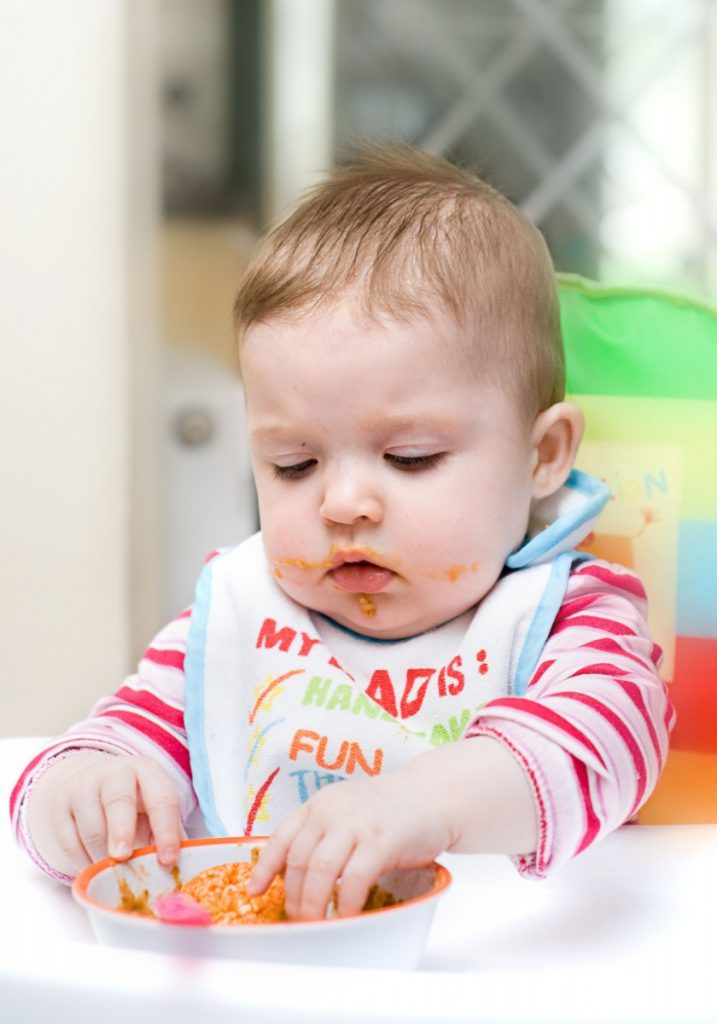 Take a break for a few days or a few weeks and start again. Each kiddo has their own unique timeline.
Take a break for a few days or a few weeks and start again. Each kiddo has their own unique timeline.
Best Tips for Starting BLW
Here are a few more tips to consider and review before you get started.
- Understand the gag reflex. Gagging is different than choking though and is most often a sign that baby is learning to move food around in their mouths—and to get it out of their mouths, which is a skill you want them to have!
- Brush up on the basics of how to know when baby is ready to start solids. (Go back to the top of this post for the signs to look for.)
- Set them up for success with a highchair that allows them to sit up straight and has foot support.
- Sit with them as you offer food.
- Check your own expectations of what will happen and simply allow your baby to take the lead.
- Start with one new food a day or every few days.
- Vary the textures of foods you offer to start exposing baby to many right from the start.
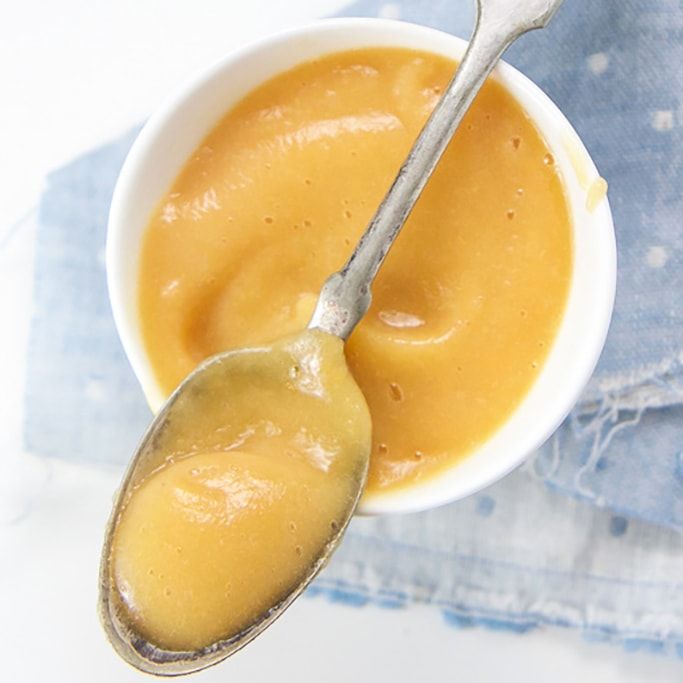
- Offer water in a sippy cup or small open cup.
TIP: Remember that breastmilk or formula will continue to satisfy baby’s hunger for the first few months of eating solids. Do not expect solids to replace milk feedings at this age.
First Foods for Baby
Starting solids with baby led weaning or purees are both perfectly acceptable ways to introduce a baby to solid foods—but the topic can get so heated! There’s a lot of pressure to do it the “right” way and I’m here to say that there isn’t one. You 100% can do one or the other, or combine the two to make it work for your family. It’s all good!
Remember, the goal with first foods for baby is that they’re introduced to flavors, nutrients, and foods they can easily eat or suck on. It should be an enjoyable milestone for all involved.
TIP: It’s a good idea to get into the habit of offering an iron-rich food since iron stores in babies start to run out around 6 months and they’ll need to start ingesting it in their food.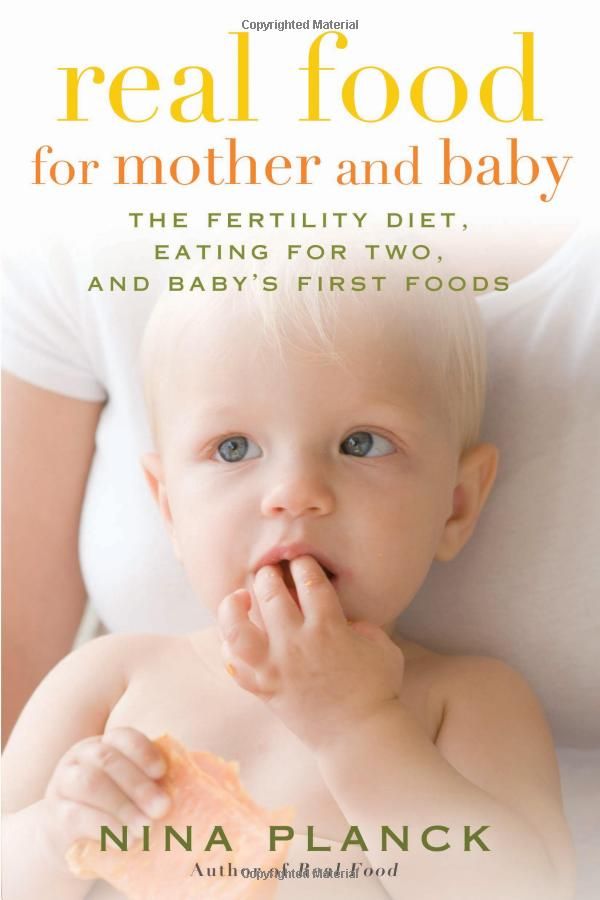
Best First Foods for Baby Led Weaning
Here are some of our favorite first foods to offer baby led weaning style. You want foods to be finger sized so they are large enough that baby can’t force the whole piece into their mouth, and a shape that’s easy for a 6 month old to hold with their chubby little hands. These are some of our favorites.
- Roasted sweet potato wedges
- Roasted apple wedges, skin on to help them hold together
- Roasted or steamed broccoli florets (big enough for baby to hold)
- Melon slices
- Thick mango slice
- Banana with some of the peel still on
- Toast sticks with mashed avocado
- Avocado spears (make sure the avocado is ripe and soft)
- Lamb or beef, on the bone or a large piece for baby to suck on
- Dark meat chicken, on the bone or a large piece for baby to suck on.
TIP: The foods should generally be soft enough to squish between your fingers with the exception of the large pieces of meat.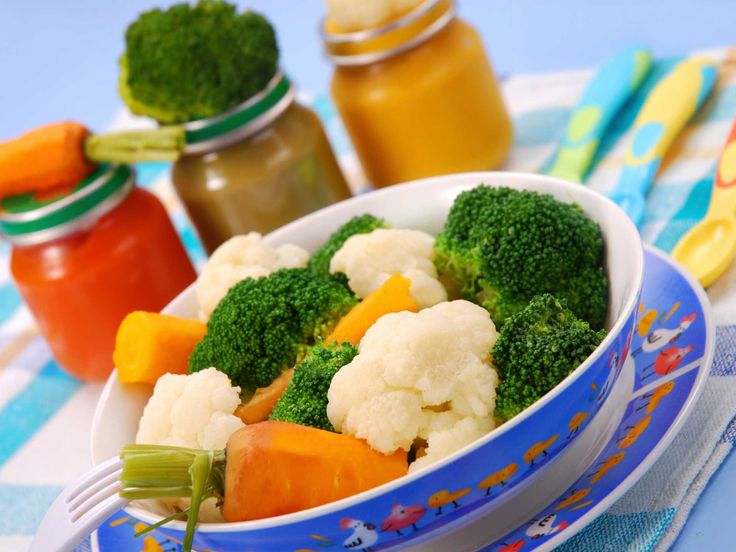 If baby gnaws a piece down into a smaller piece, replace it with a larger one to avoid her putting a chunk of food into her mouth.
If baby gnaws a piece down into a smaller piece, replace it with a larger one to avoid her putting a chunk of food into her mouth.
Baby Led Weaning Banana
To serve a banana to a baby, wash it well, then slice it in half. Cut off an inch or two of the peel, but leave the rest of the peel on so it’s not slippery for baby to hold. They’ll suck on the top part like a little popsicle! You can also help them hold the banana if needed.
Foods to Avoid Serving While Doing BLW
You want any foods you offer to a baby while doing baby led weaning to be soft enough to squish between your fingers and safe for them to eat and digest. Plan to avoid:
- Anything hard, sticky, or crunchy (like raw apple or carrot, whole nuts, crackers, or a big spoonful or nut butter)
- Added salt
- Cow’s milk (which is difficult for kids under 1 to digest; plain yogurt is fine though)
- Added sugar (they simply don’t need it)
- Honey (to avoid a risk of botulism)
- Super slippery foods that would be hard for baby to hold (which can be frustrating)
TIP: Always sit with your baby and watch them try to eat.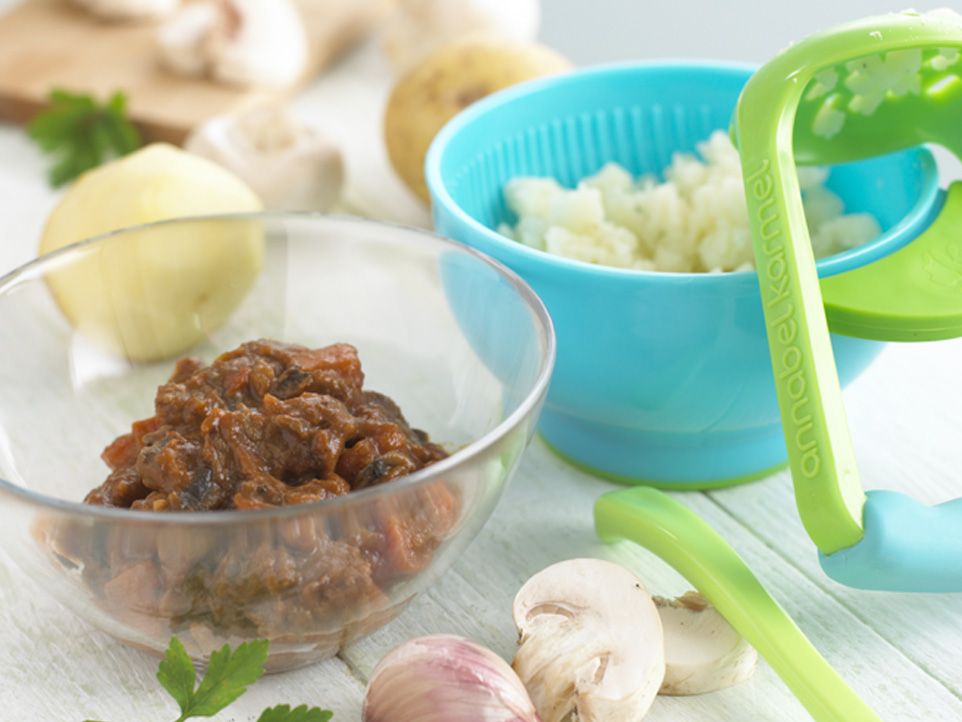 They are your best guide for making adjustments to the foods you serve.
They are your best guide for making adjustments to the foods you serve.
Baby Led Weaning and Choking
There are many parents who dislike this method of feeding because it often sounds like a baby is choking. And while there are surely some incidences of choking, what’s more likely is that a baby will occasionally gag on a piece of food that gets into their mouth that they weren’t expecting.
But remember: Gagging is a sign that baby is doing what she needs to in order to move the food around in their mouth as they learn to eat. It usually sounds more dangerous than it actually is.
TIP: If the sound of gagging really freaks you out, you’re not alone. Consider offering more preloaded spoons with purees to start your journey more slowly.
How to Cut Foods for BLW
You generally want the food to be big enough that it would be difficult for baby to put the entire thing into their mouths. Here are some specifics:
- Foods that are roughly the size of a finger, so about a 4-inch stick.
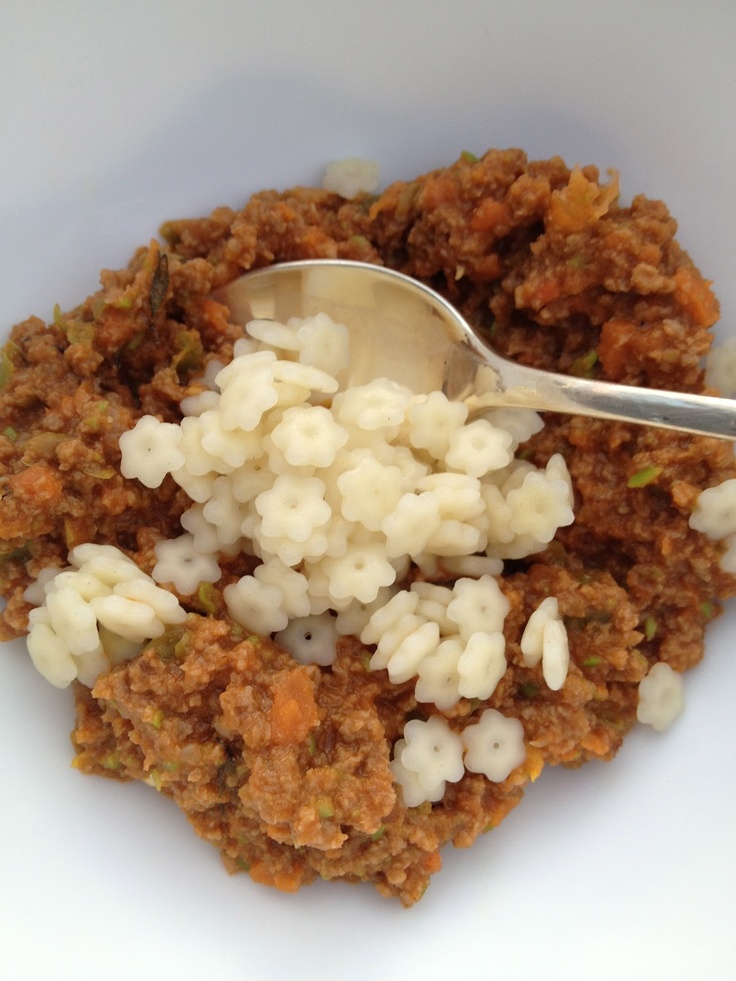
- Foods that are easy for the baby to pick up—they can’t pick up small pieces until closer to 9 months when they develop the ability to use their fingers in what’s known as a “pincer grasp”.
- Foods that aren’t too slippery—so you can wash and leave some of the peel on fresh foods like bananas, avocado, kiwi, and mango.
TIP: You can also go even bigger if you’re worried about size. Think half of a slice of bread or a big chunk of watermelon.
Will my baby actually eat much food with BLW?
Probably not at first. There will likely be more tasting of the food than eating of it and that is totally fine. They will still rely on breast milk or formula at this age for their main nutrition, so don’t expect them to suddenly start eating full meals. (They’ll get there in a few months, but it takes time!)
Do babies need teeth for baby led weaning?
No! Gums are super strong and front teeth aren’t used for chewing—that happens when the back molars come in.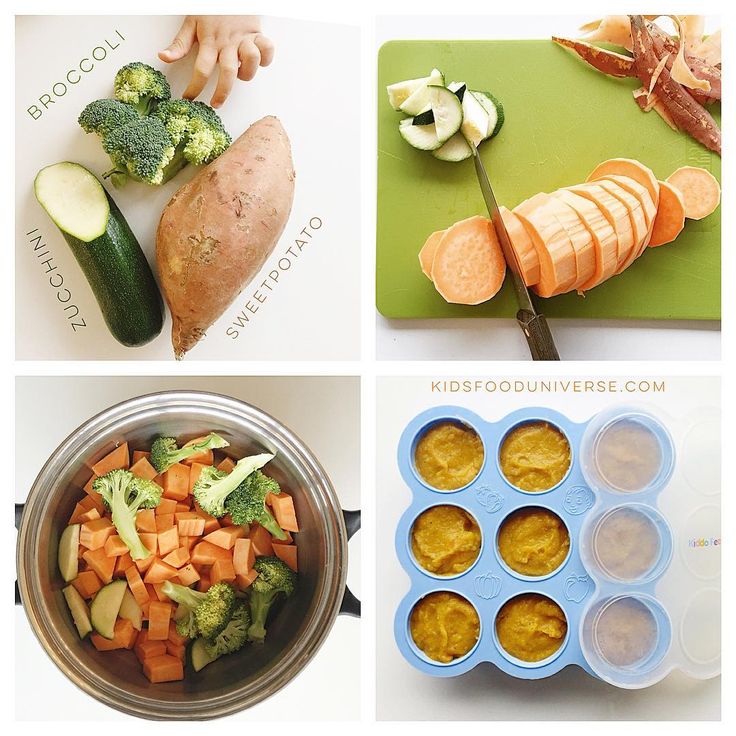 Teeth really have nothing to do with whether or not a baby can eat solids.
Teeth really have nothing to do with whether or not a baby can eat solids.
TIP: Learn more about what to expect from teething here.
Can you mix baby led weaning and purees?
Absolutely! I think it’s a great idea to mix the two methods simply because it gives you many more options for foods and allows the baby to experience more textures. I recommend allowing babies to feed themselves preloaded spoons—so you put the puree on a spoon, then hand it to them to actually put the spoon into their mouth—so they still have control over what goes into their mouths.
TIP: Feeding some purees is also helpful if you’ll be sending food with a baby to daycare since the care provider may not have experience with blw.
Best First Foods for Baby: Purees
Here are some of our favorite purees to start offering baby when they’re ready to start solids. Remember: There’s no evidence that says that you need to start with vegetables versus fruits, so go with something that tastes good to you.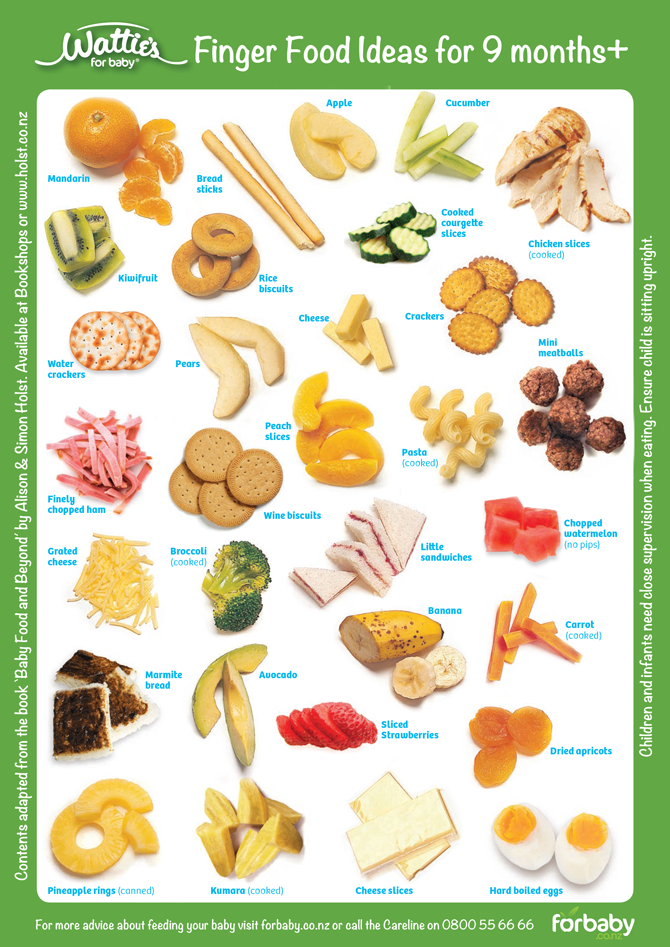 Start with single foods pureed smooth and offer just a little at a time on a spoon.
Start with single foods pureed smooth and offer just a little at a time on a spoon.
- Mashed roasted sweet potato puree
- Mashed avocado puree
- Mashed banana puree
- Butternut squash puree
- Applesauce, unsweetened
- Mashed pea puree
- Oatmeal baby cereal (with added iron)
TIP: One of my favorite baby food companies is Amara Organic Baby Food, a company using a nutrient protection technology that makes organic purees just as good as homemade. I love how easy they are to use when I need a shortcut and that they have fun baby-led weaning recipes on the side of every box! (paid affiliate link)
How do I know when baby has had enough?
If your baby is eating and then starts to turn her head away or just refuses to open her mouth, she’s done! Babies may also start to fuss if they’ve had enough. Learning this new skill takes time and babies can become tired fairly quickly into the process, so don’t expect them to always eat very much or to last very long at the table. This stage is about exploration!
This stage is about exploration!
How to Let Baby Self Feed Purees
I love offering purees on a preloaded spoon. To do this, the parent, puts some of the food on the spoon and hands it to baby. Then baby can bring the food to their mouth all by themselves. This gives you some of the same advantages of baby led weaning, but can be more comfortable for many parents.
Remember, you can mix what you offer, going back and forth between purees and blw finger foods, so you can offer the same food two different ways to let baby explore. The main goal is to avoid forcing baby to take more bites than they want to, which can sometimes happen with purees.
Baby eating peanut butter toast stickWhen to Introduce Potentially Allergenic Foods
In recent years, guidelines have been updated on when to introduce potential allergens including peanuts, eggs, and shellfish, so unless you have a family history of a food allergy, you can go ahead and introduce them soon after baby starts eating solids. In fact, research is showing that introducing these foods early can actually protect baby from developing an allergy. Talk to your pediatrician if you have concerns.
In fact, research is showing that introducing these foods early can actually protect baby from developing an allergy. Talk to your pediatrician if you have concerns.
TIP: Thin unsweetened peanut butter with water to form a very thin Peanut Butter Puree until it’s about the consistency of regular yogurt and offer a very small amount on a spoon or spread on a toast stick.
What does a baby led weaning meal look like for months 7 and 8?
Until a baby is closer to 9 months and is able to pick up smaller pieces of foods, but after they have gotten the hang of one food at a time, I try to offer 1-2 foods they can feed themselves and one puree. This offers them a chance to ingest more via the puree but still feed themselves a range of textures. You can do more or less food following the lead of the child.
TIP: My Baby Food Chart has loads of with ideas for blw foods and purees by month.
Recipes for Every Stage of Starting Solids
If you’re ready to start solids with baby, or you’re just curious what it looks like to do a mix of baby led weaning and purees, check out my Yummy Baby Food cookbook. It goes stage by stage with specific foods to start in each, with simple recipes and easy feeding tips.
It goes stage by stage with specific foods to start in each, with simple recipes and easy feeding tips.
Listen to a recent podcast episode to hear about some of the basics of BLW with our guest Megan McNamee, MPH, RDN, CLT, and a Registered Dietitian Nutritionist specializing in pediatric nutrition who runs Feeding Littles.
I’d love to hear any questions you have with BLW or if your baby had a first food that I didn’t list here. Please comment below to share your experience!
Prep Time 5 minutes
Total Time 5 minutes
Author Amy Palanjian
Cuisine American
Course Dinner
Calories 28kcal
Servings 1
Banana
- ▢ 1 small ripe banana with peel on
Roasted Sweet Potato
- ▢ 1 small sweet potato + 1 teaspoon olive oil
Roasted Apple
- ▢ 1 small apple + 1 teaspoon butter or neutral oil
Roasted Broccoli
- ▢ 1 cup broccoli florets + 1 teaspoon olive oil
Sauteed Green Beans
- ▢ 4 green beans 1 teaspoon olive oil
Melon
- ▢ 1 small piece watermelon or cantaloupe
Avocado Toast
- ▢ 1 slice whole grain bread
- ▢ 1 tbsp ripe avocado
Avocado Spear
- ▢ ⅛ ripe avocado
Lamb or Beef
- ▢ 1 lamb chop, roast, or steak
Pan-Seared Chicken Thighs
- ▢ 1 chicken thigh
- ▢ 1 tsp olive oil
- ▢ 1 garlic clove, optional
Banana with some of the peel still on
Cut a banana in half.
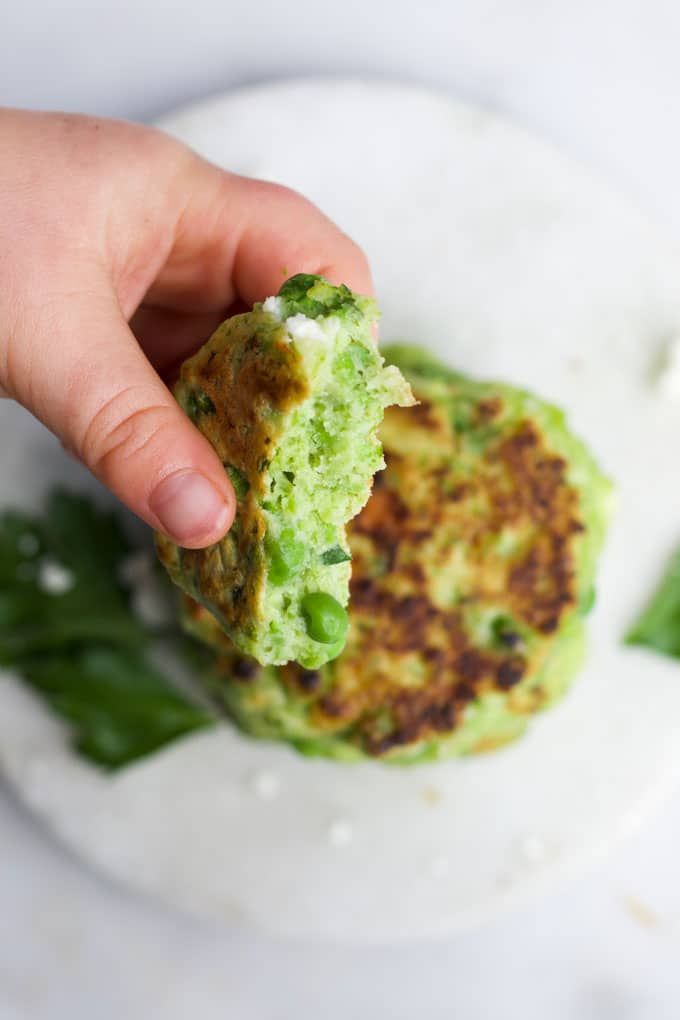 Use a knife to gently cut around the peel about 2 inches down, leaving some of the peel on so that the banana is easy for baby to hold and less slippery.
Use a knife to gently cut around the peel about 2 inches down, leaving some of the peel on so that the banana is easy for baby to hold and less slippery.
Roasted Sweet Potato Wedges
Preheat oven to 400 degrees and line a rimmed baking sheet with foil. Wash and dry the sweet potato. (You don't need to peel it.) Cut in half, then cut lengthwise into strips. Cut each strip in half again until each is about 1/2-inch thick. Slice in half horizontally if the sweet potato is very long. (Each strip should be about the size of your finger.) Place into a bowl and toss with the olive oil. Spread onto prepared baking sheet and roast for 22-25 minutes or until soft. Let cool slightly and serve.
Roasted Apple Wedges
Roasted Broccoli Florets
Preheat the oven to 400 degrees F. Place the broccoli onto a rimmed baking sheet and toss with the olive oil, coating and mixing well until all of the florets are a little shiny and coated with oil.
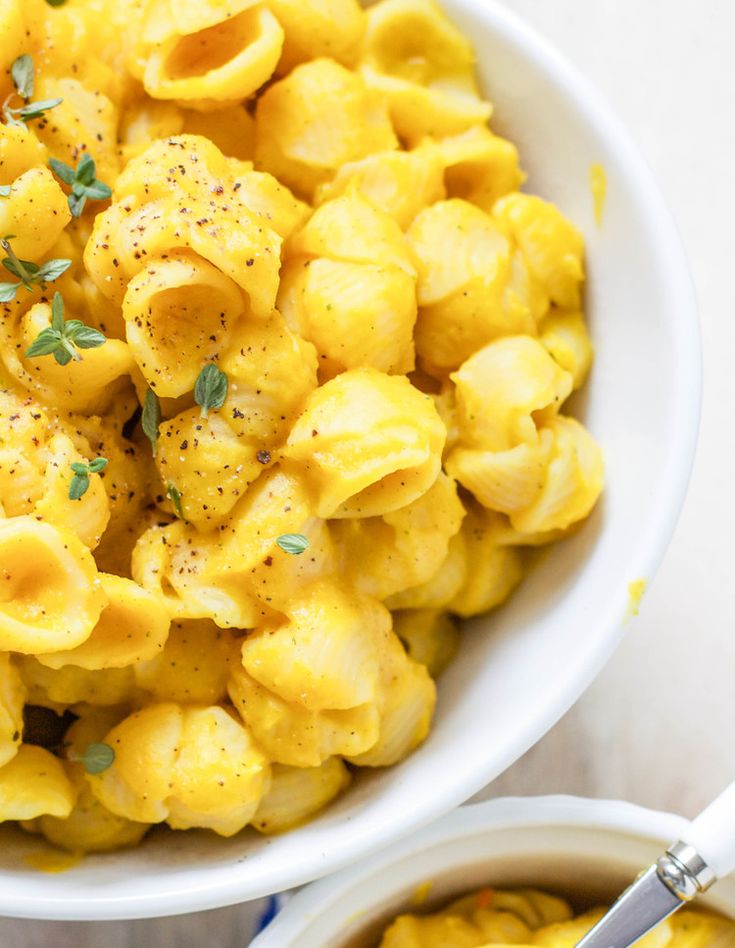 Roast for 15-18 minutes or until tender. Let cool slightly and serve.
Roast for 15-18 minutes or until tender. Let cool slightly and serve.
Sauteed Green Beans
Warm the oil in a large skillet over medium heat. Add the green beans and stir. Cover and cook for about 8 minutes. Remove cover and taste one to see if it’s soft enough. Cook for an additional minute or two as needed.
Melon slices
Avocado Toast
Avocado Spears
(Make sure the avocado is ripe and soft): Cut a thick strip of avocado and offer to baby. You can leave the peel on if that makes it easier for baby to hold (just wash it first).
Lamb or Beef
Prepare a roast, steak, or chop without salt and with butter or olive oil until cooked medium well. Offer a thick slice at least the size of your finger or a drumstick.
Pan-Seared Chicken Thighs
Warm 1 tablespoon olive oil or butter in a large skillet over medium heat. Add the chicken thigh and top with a few slices of fresh garlic, if desired.
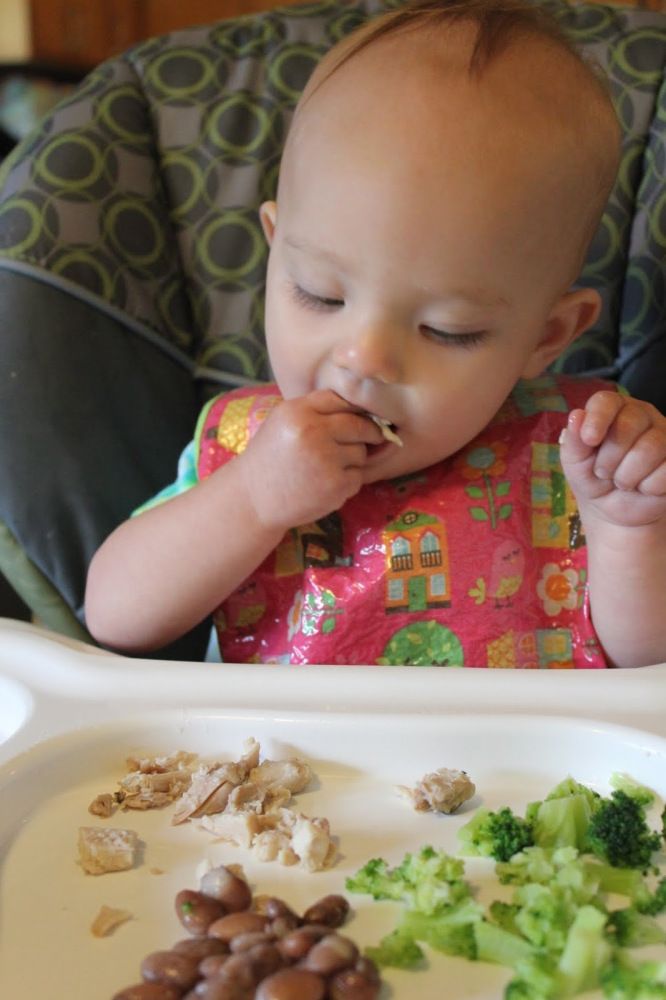 Cover and cook for 4-5 minutes. Remove cover. Flip over and cook for an additional 4-5 minutes uncovered or until a meat thermometer registers 165 degrees F.
Cover and cook for 4-5 minutes. Remove cover. Flip over and cook for an additional 4-5 minutes uncovered or until a meat thermometer registers 165 degrees F.
- Add spices like garlic powder, cinnamon, cumin, oregano, or any other non-spicy flavor you like to make these more interesting.
- Offer just one piece at a time when starting out.
- If baby gnaws a piece down into a smaller piece, replace it with a larger one to avoid her putting a chunk of food into her mouth.
- Store any leftovers in an airtight container in the fridge for 3-5 days. Reheat briefly if needed.
- Remember that it's normal for babies to take time to actually ingest the food. Part of the process is exploring all of the senses related to the experience of eating.
Calories: 28kcal, Carbohydrates: 2g, Protein: 1g, Fat: 2g, Saturated Fat: 1g, Polyunsaturated Fat: 1g, Monounsaturated Fat: 2g, Sodium: 6mg, Potassium: 75mg, Fiber: 1g, Sugar: 1g, Vitamin A: 23IU, Vitamin C: 2mg, Calcium: 2mg, Iron: 1mg
Tried this recipe?Rate in the comments and tag @yummytoddlerfood on IG!
what products are possible, features of complementary foods
It is no secret that young and not very experienced mothers receive information on the nutrition of an infant, including recommendations on how to introduce the first complementary foods, mainly from two sources: grandmother's stories and from the Internet.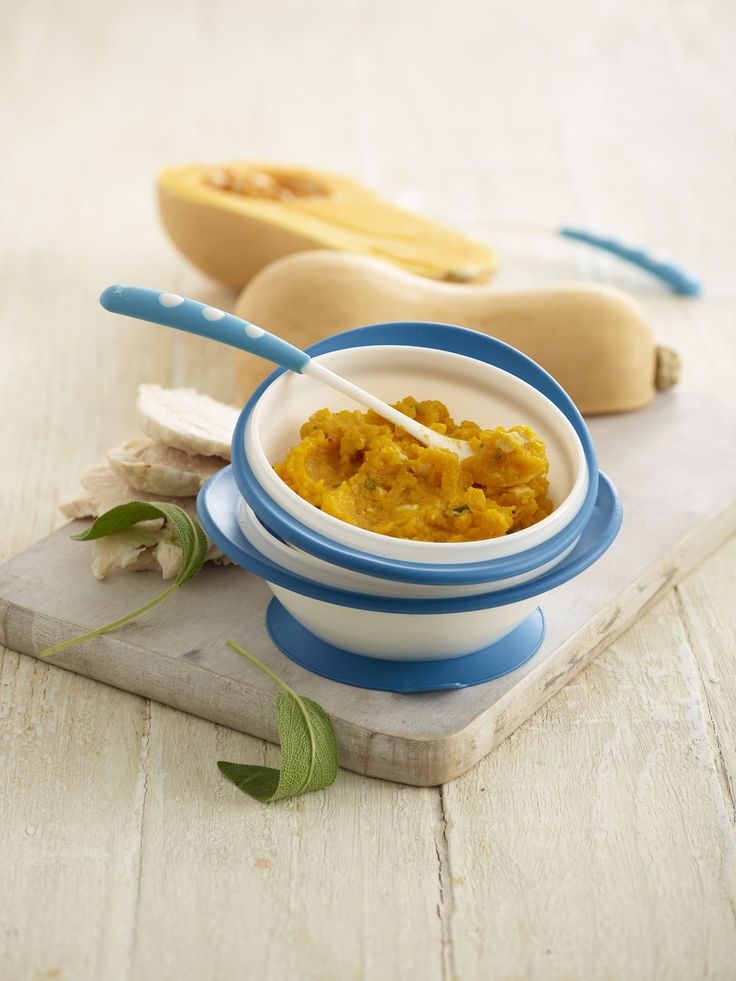 Unfortunately, both of these respected sources of information may voluntarily or not voluntarily, but be very mistaken, since grandmothers grew up in a more prosperous time in terms of environmental conditions, and the Internet is littered with various articles that are rarely written by professionals, moreover, they rely either on explicit outdated guides on baby food, or frankly on unverified information.
Unfortunately, both of these respected sources of information may voluntarily or not voluntarily, but be very mistaken, since grandmothers grew up in a more prosperous time in terms of environmental conditions, and the Internet is littered with various articles that are rarely written by professionals, moreover, they rely either on explicit outdated guides on baby food, or frankly on unverified information.
In this article, I will try to combine the latest scientific data and recommendations on how to introduce the first complementary foods with many years of observations from the experience of a practical pediatrician and an allergist-immunologist.
At what age is it time to introduce the first complementary foods
According to the recommendations of the Research Institute of Nutrition of the Russian Academy of Medical Sciences, the first complementary foods can be introduced from 4.5 - 5 months, regardless of the type of feeding. This is "average". In practice, the choice of when to start introducing complementary foods still depends on the individual characteristics of the child.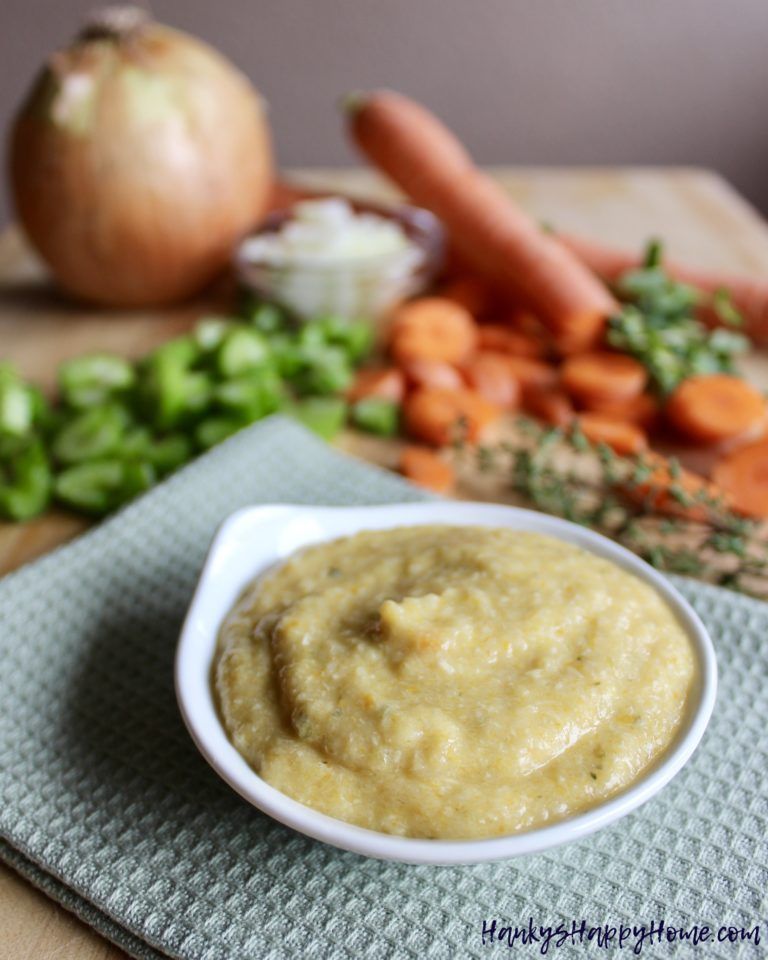 For example, for a child with widespread atopic dermatitis (diathesis), we will not introduce complementary foods until at least acute skin symptoms, such as cracks, weeping or secondary eczema, have steadily disappeared. Increased dryness and flaking of the skin, of course, require constant application of moisturizers to the skin, but in no case are they a contraindication to the start of the introduction of the first complementary foods.
For example, for a child with widespread atopic dermatitis (diathesis), we will not introduce complementary foods until at least acute skin symptoms, such as cracks, weeping or secondary eczema, have steadily disappeared. Increased dryness and flaking of the skin, of course, require constant application of moisturizers to the skin, but in no case are they a contraindication to the start of the introduction of the first complementary foods.
Another important point when choosing the time to start introducing complementary foods is the dynamics of the child's weight gain. The more intensively the child gains in height and weight, the sooner he may need additional calories, since the energy value of breast milk or artificial formula alone will most likely not be enough for a child who grows faster than his peers by 4 - 5 months. We must not forget that natural products contain a fairly large range of minerals and vitamins, and a mother’s body, alas, cannot be an eternal and bottomless source of useful nutrients, somewhere something will gradually begin to be missed.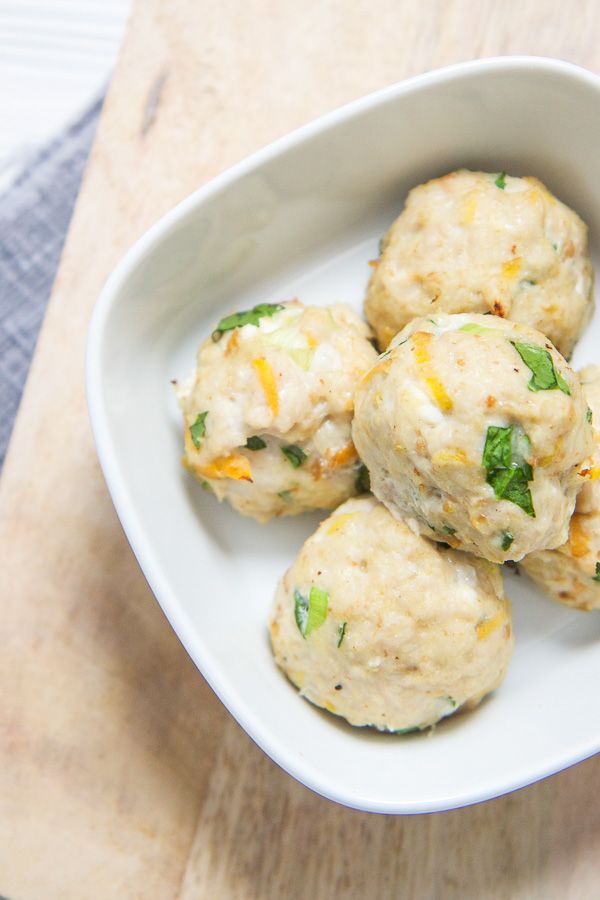
In addition, the nature of lactation in the mother has a great influence on the timing of the introduction of complementary foods. If a nursing mother begins to feel a lack of milk, I would prefer to first give her advice on stimulating lactation, and at the same time begin to introduce complementary foods. It will be better than introducing an artificial mixture. But I repeat that the earliest start date for the introduction of the first complementary foods is the age of 4 months, before the child's body is not yet ready, the risk of developing allergies is also high.
So, we agree with you that the first complementary foods can be introduced no earlier than 4 months of a child's life.
First complementary foods: Which foods to choose?
The first complementary foods, as a rule, should consist of vegetable or fruit purees, but in no case juices. Still, juices, even for children, are highly filtered, mainly contain a large amount of organic acids and “light” carbohydrates (that is, sugar, so that everyone understands).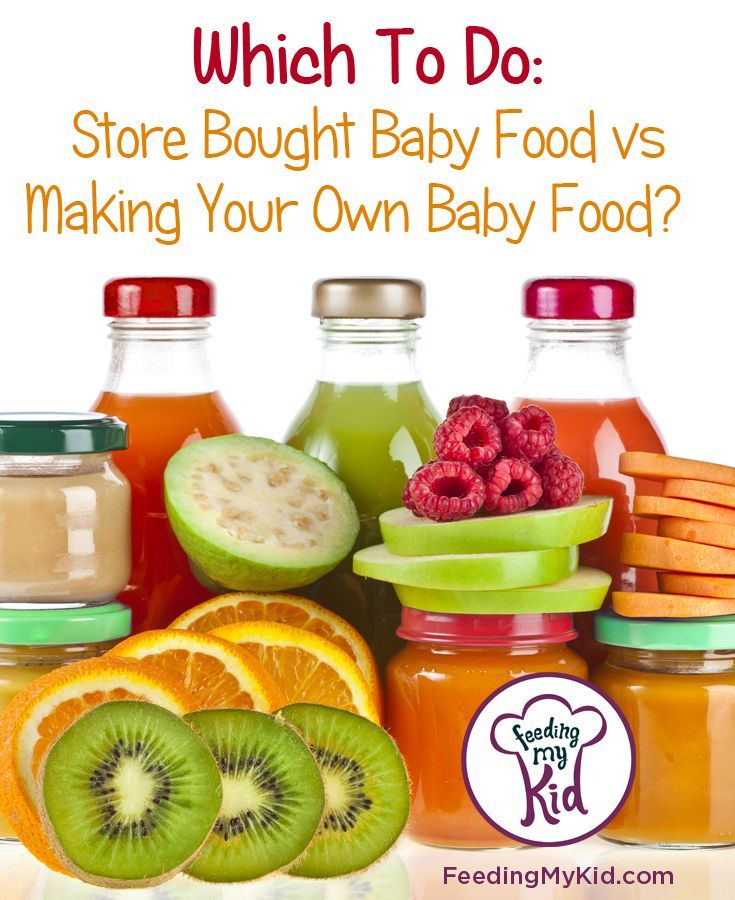 I will not waste time explaining why juices are harmful to an infant, but I will describe a clinical case from practice.
I will not waste time explaining why juices are harmful to an infant, but I will describe a clinical case from practice.
Parents with an 8-month-old girl came to the reception. Somewhere from 5 months she practically did not gain weight, although before that all indicators were normal. In the analyzes, apart from visible signs of iron deficiency, slightly reduced hemoglobin, no pathology was also detected. The main complaint: "does not eat anything." And when I began to find out what she still eats, it turned out that the child drinks half a liter of juice every day. But porridge or cottage cheese, or mashed potatoes cannot be forced together, they spit everything out. I don't like the taste. And so - for three months. The child, of course, became very nervous, yelling at night, demanding juice.
So draw your own conclusions and be careful.
For the first feeding, this is now recognized by everyone, the best dishes are vegetable purees from green varieties of vegetables: zucchini, cauliflower, broccoli. The first complementary foods are introduced, starting with half a teaspoon, in the morning for three days, then gradually increase the amount of the product to 40-50 grams per week. Supplemented with breast milk or formula.
The first complementary foods are introduced, starting with half a teaspoon, in the morning for three days, then gradually increase the amount of the product to 40-50 grams per week. Supplemented with breast milk or formula.
For problems with stools, constipation, it’s good to start introducing prune puree, green apple, you can try pumpkin, even apricot puree, but in no case start with carrots. Beta-carotenoids, which are abundant in carrots, are generally poorly absorbed and can cause allergies in a child.
Second food. Porridge or meat?
Even 5 - 6 years ago, we taught students at the medical institute that from 5 - 5.5 months old, an infant should begin to give cereal porridge for complementary foods. This is rice, buckwheat, corn. The first week you can cook 5% porridge: 5 grams of ground cereal per 100 ml of water. Then the porridges are cooked already denser: 10 grams of cereal per 100 ml of water. But now, basically everyone uses instant (soluble) cereals, which are diluted with water according to the instructions on the package. In addition, ready-to-eat liquid cereals are on sale: for example, Bellakt, Frutonyanya, etc.
In addition, ready-to-eat liquid cereals are on sale: for example, Bellakt, Frutonyanya, etc.
Why meat? You ask. According to modern recommendations (they really began to change quite often), but in this case I support: if a child has a pronounced decrease in hemoglobin in the blood below 100 g / l by the age of 5 months, it makes sense to start introducing fruit or vegetable purees as a second types of complementary foods - meat purees as a source of the most well-absorbed heme iron. You need to choose from varieties such as turkey, rabbit, lamb. Beef and veal can only be offered to children who did not have red cheeks and diathesis.
In the absence of problems with low hemoglobin, feel free to introduce porridge as the second meal of complementary foods, especially if the child is small and does not gain weight very well. In this case, we can recommend breeding cereals with the addition of breast milk or a mixture (Nan, Nutrilon, Celia, Nanny). With mixtures based on goat's milk, parents of children with a predisposition to allergies should be very careful. Goat milk formulas are not the best choice for babies who are allergic or intolerant to cow's milk protein, whatever the internet says. Believe me, there are serious scientific articles by foreign authors, which provided data on a very high frequency of cross-allergy between cow and goat milk proteins in children who were transferred to goat milk mixtures. And I saw it myself in my practice, when a child with dermatitis was transferred to a mixture of goat's milk, there was a clear improvement for a month or two, and then all over again and with a doubled degree of allergic skin damage.
Goat milk formulas are not the best choice for babies who are allergic or intolerant to cow's milk protein, whatever the internet says. Believe me, there are serious scientific articles by foreign authors, which provided data on a very high frequency of cross-allergy between cow and goat milk proteins in children who were transferred to goat milk mixtures. And I saw it myself in my practice, when a child with dermatitis was transferred to a mixture of goat's milk, there was a clear improvement for a month or two, and then all over again and with a doubled degree of allergic skin damage.
Introduction to fermented milk products
This is the most difficult question. I am sure that most of our grandparents demand that their stupid parents start drinking milk and kefir as soon as possible. In a number of cases, children really start to absorb sour-milk products quite well after 6 months, but before this age I am very careful even with sour-milk Agusha, and even introducing milk or kefir before 6 months is a bad form, believe me, and can lead to very bad consequences for the child.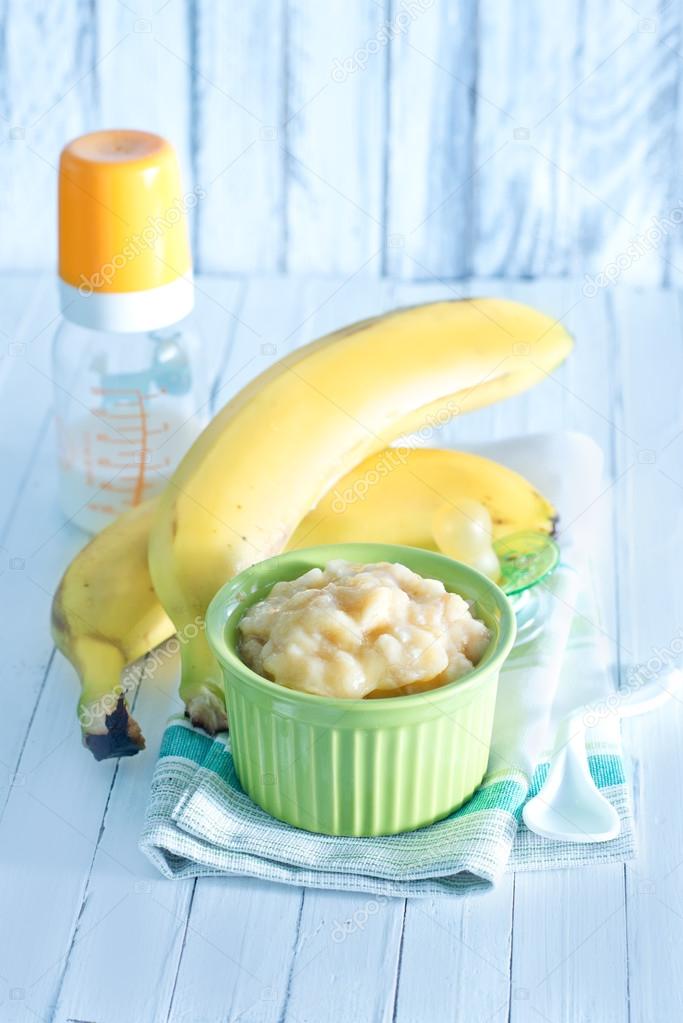 I understand the Western European medical community, which has recently banned its pediatricians from recommending fermented milk products for complementary foods for children under 3 years of age, just imagine!
I understand the Western European medical community, which has recently banned its pediatricians from recommending fermented milk products for complementary foods for children under 3 years of age, just imagine!
They (the Europeans) need to do something with their artificial milk mixtures. Even 20 years ago, we did not know other mixtures after the "two", that is, the second formula for children from 6 to 12 months. Then there were formulas for children from 1 to 2 years old, then from 2 to 3 years old, and now there are already mixtures for children up to 4 years old, and I think if this goes on, then until the age of sixteen there will be their own milk substitutes. Dismiss me, I don't think this approach is correct. But the fact is that our grandparents had much better genetics than the generation of our children, alas. In the context of the growth of medical capabilities, genetically determined diseases are also growing, and in this case, intolerance to cow's milk protein, and with every 10 years there are more and more such people among us. But if a child really suffers from an allergy to cow's milk protein or is severely deficient in enzymes, then he will carry this peculiarity through his whole life, and most likely he will not drink milk or kefir himself, and there is no need to force him if he himself won't want to!
But if a child really suffers from an allergy to cow's milk protein or is severely deficient in enzymes, then he will carry this peculiarity through his whole life, and most likely he will not drink milk or kefir himself, and there is no need to force him if he himself won't want to!
But you are lucky with genetics, and no one in the family has ever had an allergy (which is hard to imagine nowadays), and most importantly, if your child has always had perfectly clean skin, then the first of the dairy products - cottage cheese, you will begin to offer your child with 7 months, kefir - from 10 months. Milk - after a year. It will be better this way.
But if your family does not have a very close and joyful relationship with milk, then it is better to postpone even the introduction of kefir and yogurt into complementary foods for a child until the age of 18 months.
Fish day and first meal
Fish is a very healthy product, rich in vitamins and antioxidants, but it must also be introduced carefully. I advise you to start introducing the first fish food at about 7-8 months. It is better to start with species such as cod, hake, haddock. The rules are the same: the first three days on the "gram," then slowly add. If there are no problems in a week or two, you can try such delicacies as tuna or salmon, of course, canned children, if you can find it. It is better not to mess with trout and salmon in the first year of life, this fish is all stuffed with dyes and antibiotics.
I advise you to start introducing the first fish food at about 7-8 months. It is better to start with species such as cod, hake, haddock. The rules are the same: the first three days on the "gram," then slowly add. If there are no problems in a week or two, you can try such delicacies as tuna or salmon, of course, canned children, if you can find it. It is better not to mess with trout and salmon in the first year of life, this fish is all stuffed with dyes and antibiotics.
No matter how hard I tried, the article about the first complementary foods turned out to be long. Thank you for reading to the end, I hope it will be useful. If you have questions about the introduction of complementary foods, you can write your appeals on our website in the question to a specialist section. A short answer can be obtained on the Internet, but in order to make a diagnosis and give a detailed consultation, of course, you need to come to a face-to-face appointment with a pediatrician and a pediatric allergist.
Baby's first complementary foods at 4-6 months - where to start with porridge or vegetable puree? Principles, schemes for the introduction of complementary foods
At what age and when should complementary foods be started? What do you think? At 4 months, at 5, 6 months , later? And where to start, what to give preference to: cereals or vegetable puree? Or maybe first give tasty and healthy fruits?
We have already made a whole series of video lectures on complementary foods for children, by months and products, but we are faced with the fact that many parents ask what is the best way to start complementary foods and at what age it is advisable to introduce it.
Especially a lot of questions and uncertainties, oddly enough, parents, whose children are breastfeeding . You quite often confuse the two concepts until what age it is advisable to breastfeed and at what age it is worth introducing complementary foods.
Valid according to all recommendations, breastfeeding is necessary for a baby at least up to 6 months , and if possible longer. But this does not mean at all that a child at 5 or 6 months does not need complementary foods that will not allow the development of deficient conditions in a child, for example iron deficiency . Modern principles of introducing complementary foods to children are a kind of fusion of practical experience and the latest scientific developments. They are based on the recommendations of the European Association of Pediatric Gastroenterologists, Hepatologists and Nutritionists " ESPGHAN " 2017, the American Academy of Pediatrics " AAP " and national recommendations of relevant ministries and associations.
According to European recommendations, which also apply to our countries, the first complementary foods should be started:
That is optimal, Complementary foods should be introduced within 5-6 months life. There is no specific, clear, unambiguous age at which complementary foods should be introduced. You have a certain corridor - 2 months and you and your pediatrician must decide when to start complementary foods, focusing on how the child develops, how he gains weight, whether he has signs of readiness for complementary foods, which we have already talked about in previous our videos, what hemoglobin is, and even if you have enough milk if the baby is breastfed. At the same time, there is a kind of paradoxical situation, despite the fact that breast milk is the best food for babies ,
There is no specific, clear, unambiguous age at which complementary foods should be introduced. You have a certain corridor - 2 months and you and your pediatrician must decide when to start complementary foods, focusing on how the child develops, how he gains weight, whether he has signs of readiness for complementary foods, which we have already talked about in previous our videos, what hemoglobin is, and even if you have enough milk if the baby is breastfed. At the same time, there is a kind of paradoxical situation, despite the fact that breast milk is the best food for babies ,
Quite often, scientists recommend breastfeeding children to introduce complementary foods a little earlier including iron, and in breast milk for a child aged 5-6 months, it may already be a little lacking.
At the same time, there are no separate recommendations for introduction of complementary foods for breastfed or formula-fed children, approaches in these cases are the same . Thus, I hope that we have understood when to introduce complementary foods to healthy full-term babies who do not have serious diseases. Timely introduction of complementary foods contributes to the optimal development of all systems and organs of the child, physical parameters, psychomotor development, and the activity of the nervous system. The period of introduction of complementary foods, on the one hand, is very important for the growth and development of the child, on the other hand, it is a kind of stage in the transition of the child from breastfeeding to food from the general table.
Thus, I hope that we have understood when to introduce complementary foods to healthy full-term babies who do not have serious diseases. Timely introduction of complementary foods contributes to the optimal development of all systems and organs of the child, physical parameters, psychomotor development, and the activity of the nervous system. The period of introduction of complementary foods, on the one hand, is very important for the growth and development of the child, on the other hand, it is a kind of stage in the transition of the child from breastfeeding to food from the general table.
First complementary foods - where to start?
- If the child develops normally , has a good or even excessive weight gain, it is better to start with one-component vegetable puree .
- If the child is not gaining weight well enough, then gluten-free cereals are better: rice, buckwheat, corn
- Not recommended
The child is very smart and if he tries sweet fruit puree, he can refuse relatively tasteless vegetable foods and cereals for a long time, and you may have difficulty introducing these healthy dishes.
Which is better factory-made or homemade?
Quite often we are asked what is better to give: ready-made vegetable purees and cereals, that is, factory-made, or making them yourself at home. It's up to you to decide. I often recommend industrial products from European manufacturers to my patients, because I am confident in the very strict quality control of baby food in Europe, but if you are confident in the products and water that you have at home, you can do everything yourself.
What is useful in vegetable supplements and what is the best way to prepare it?
Vegetable puree - for the first feeding can be prepared from cauliflower, zucchini, pumpkin, broccoli and vitamins and microelements! Fiber helps move food through the digestive tract and promote beneficial microflora in the gut. Pectins absorb and remove toxins from the baby's body. Vegetables have a positive effect on the acid-base balance of the body, creating conditions for the proper functioning of all organs and systems.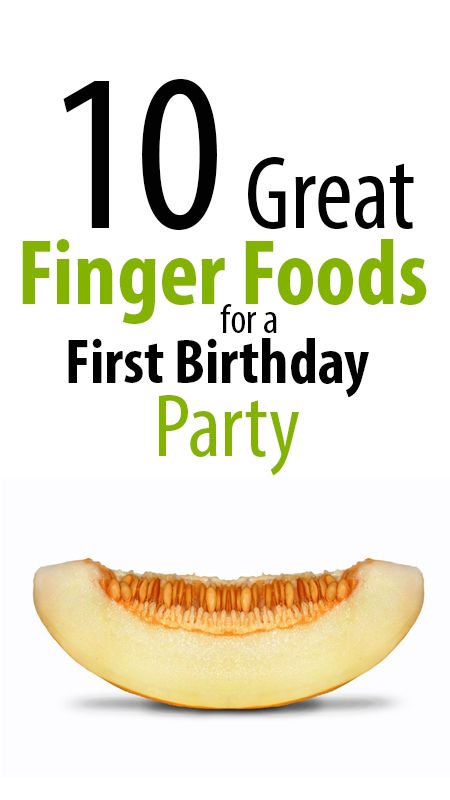
Cauliflower - is a source of fiber, protein, minerals and various vitamins, it contains a lot of magnesium, sodium, potassium, phosphorus, calcium, iron.
Iron it contains twice as much as green peas, peppers and lettuce. Cauliflower protein is easily digestible and its content is quite significant. The cauliflower protein contains methionine . It is one of the essential amino acids that cannot be synthesized by the human body. Other essential amino acids are also present in a small amount: arginine, tryptophan.
Zucchini - rich in vitamins and microelements. It contains potassium, magnesium, phosphorus, calcium, vitamins, folic acid. The latter plays an important role in the processes of hematopoiesis. Zucchini is rich in trace elements that are necessary for the formation of nervous tissue, normal metabolism, and the formation of hemoglobin.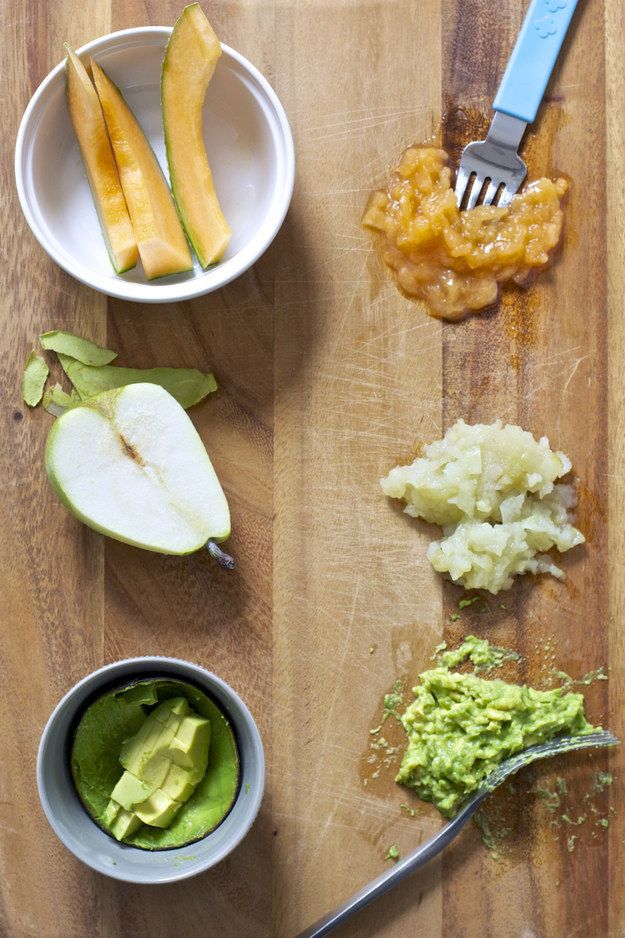
Broccoli is a very healthy vegetable that is a type of cauliflower. Pleasant soft taste and good digestibility of the product, the unique composition has a positive effect on the health of children. Eat unopened cabbage inflorescences.
This is also a low-allergenic vegetable rich in protein, fiber, vitamins, calcium, iron, trace elements and even phytoncides. The content of calcium and magnesium in broccoli is enough to balance the work of the nervous system, ensure the normal regulation of the child's sleep cycle, good resistance to stress. When eating this vegetable, the child becomes calmer, less excited and naughty. In addition, broccoli is the leader in content choline and methionine which the child needs.
Pumpkin - the largest vegetable on Earth. It is one of the ten most useful vegetables in the diet of children, contains a large amount of healthy proteins, fiber and vitamins, iron, potassium, magnesium and trace elements, which are indispensable for children's nutrition, as they strengthen the immune system and help fight inflammation, have a positive effect on the nervous system .
Vitamins and microelements contained in pumpkin help the child grow, provide healthy sleep, are responsible for the condition of the skin and eyes, improve metabolic processes, and accelerate the removal of harmful substances from the child's body. Due to its beneficial qualities, pumpkin can be one of the first types of complementary foods for a baby. All vegetable purees have a specific vegetable smell, this is absolutely normal.
Scheme for the introduction of vegetables in baby food
You need to introduce vegetables into the child's menu gradually. Each new vegetable should be started as a single-component puree in the amount of ½ teaspoon , preferably at breakfast, so you can track the manifestations of a food allergy or intolerance reaction to the product. If all is well, then the next day offer him a teaspoon .
So, gradually, you need to bring the portion to the age norm.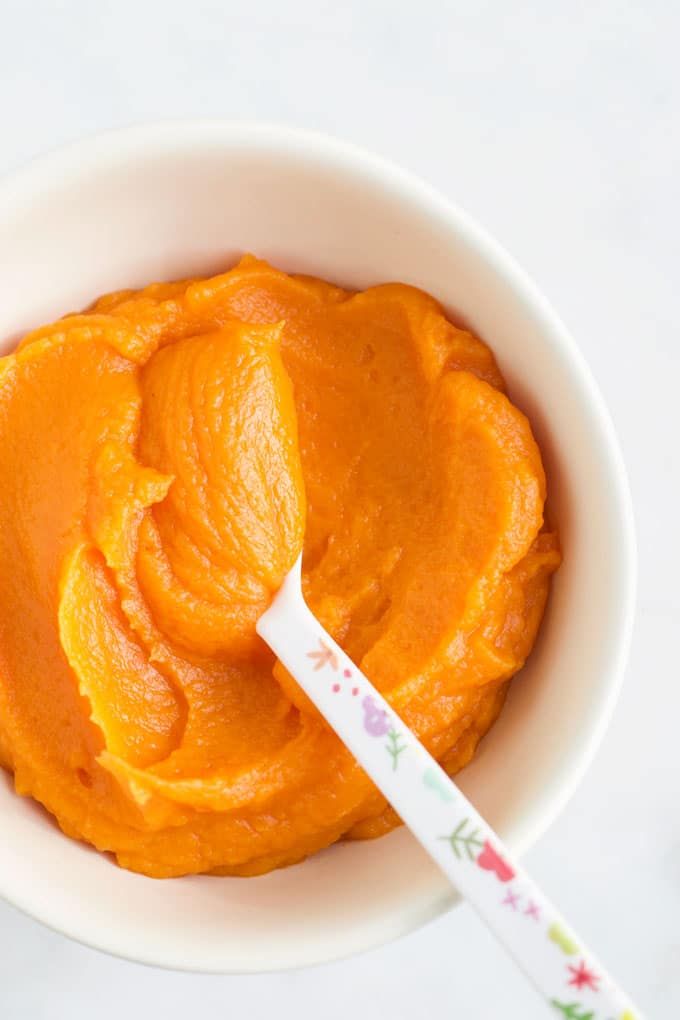 Serving of vegetable puree per day for a child 6 months old - is about 100 grams, at this age you can start adding vegetable oil to vegetable puree : unrefined olive or sunflower (start with 3-4 drops and gradually bring to 1 teaspoon ), the rest of the portion is replenished with breast milk or formula. A serving of vegetable puree is 200 grams per year. The next vegetable product can be introduced no earlier than 4-5 days later, when the child gets used to the one he is already eating. In the future, you can make mashed potatoes from several vegetables. But don't be too hasty. If the child has a rash on the skin, diarrhea or constipation, then you need to temporarily remove the product from the diet, and after a while try again. If an undesirable reaction occurs again, it is better to exclude such a product from the child's diet for 6 months and consult a pediatrician.
Serving of vegetable puree per day for a child 6 months old - is about 100 grams, at this age you can start adding vegetable oil to vegetable puree : unrefined olive or sunflower (start with 3-4 drops and gradually bring to 1 teaspoon ), the rest of the portion is replenished with breast milk or formula. A serving of vegetable puree is 200 grams per year. The next vegetable product can be introduced no earlier than 4-5 days later, when the child gets used to the one he is already eating. In the future, you can make mashed potatoes from several vegetables. But don't be too hasty. If the child has a rash on the skin, diarrhea or constipation, then you need to temporarily remove the product from the diet, and after a while try again. If an undesirable reaction occurs again, it is better to exclude such a product from the child's diet for 6 months and consult a pediatrician.
If the child did not like the dish, for example, did not like broccoli, do not refuse what was planned and continue to offer it in small quantities - 1-2 spoons a day, you can even not just once, but 2-3 times before meals, and after 7 - 10, and sometimes 15 days, the baby will get used to the new taste.
This will diversify the diet, help the child form the right taste habits. Porridges, as a rule, are the second complementary food after vegetable puree.
How and when to introduce porridge as the first complementary food?
If your child is not gaining weight very well, then complementary foods can be started with the introduction of cereals. It is important to start by choosing one-component, low-allergenic cereals , which do not contain gluten: these are buckwheat, rice, corn porridges .
gluten-containing cereals include: wheat, oats, rye, barley, millet.
According to modern data , the period of introduction of gluten into the child's diet is not of fundamental importance, but the latest recommendations draw attention to the fact that the amount of gluten in the diet of a baby up to a year old should not be large.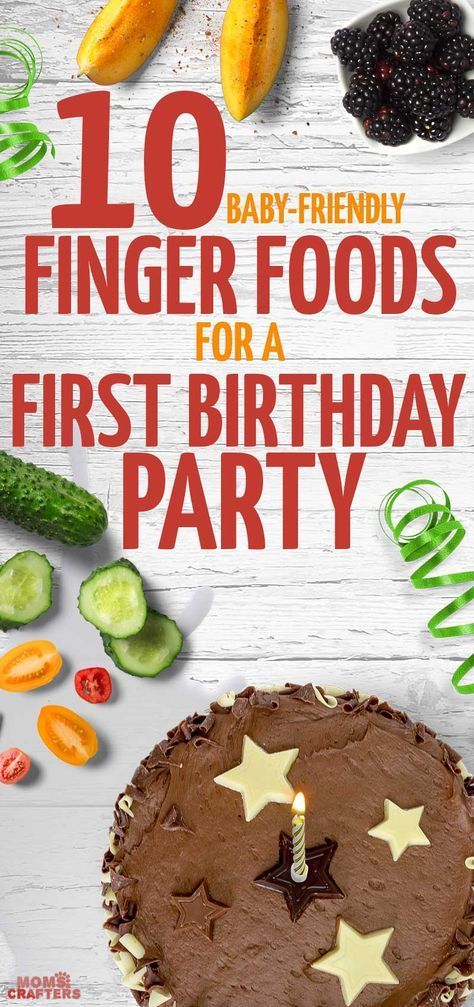 Therefore, semolina and oatmeal porridge is better to add to other porridge in a limited amount , and not to give a whole separate portion of such porridge. If your child hasn't tried porridge yet, start with a dairy-free, gluten-free, one-ingredient buckwheat or rice porridge. Please note that completely eliminating cereals containing gluten from the child's diet is also a bad idea, the child should familiarize himself with such cereals before 8 months of age.
Therefore, semolina and oatmeal porridge is better to add to other porridge in a limited amount , and not to give a whole separate portion of such porridge. If your child hasn't tried porridge yet, start with a dairy-free, gluten-free, one-ingredient buckwheat or rice porridge. Please note that completely eliminating cereals containing gluten from the child's diet is also a bad idea, the child should familiarize himself with such cereals before 8 months of age.
Rice - very useful for growing baby. It has a low content of vegetable proteins, so it is easily digestible and is especially useful for children with loose stools . Rice has a high nutritional value and protects the baby's delicate intestines to a certain extent thanks to its enveloping effect . This is a hearty and nutritious dish with a good content of carbohydrates and proteins, potassium and magnesium, calcium and phosphorus, beneficial amino acids and vitamins. It covers energy costs, energizes and gives strength. But rice is not recommended for overweight children and those who suffer from severe constipation.
It covers energy costs, energizes and gives strength. But rice is not recommended for overweight children and those who suffer from severe constipation.
Gluten-free buckwheat porridge - very nutritious and rich in iron, fiber, rich in various vitamins and microelements. This is a very good option for to introduce a child to adult food . All porridges can be prepared with water, breast milk, milk formula, which your child is used to. It is not recommended to give ordinary cow's milk to a child under one year old and use it to make cereals. No need to add salt and sugar.
If a child already eats porridge from 5 months - then at 6 months you can offer a more complex porridge, for example: rice porridge with apricot or raspberries, rice porridge with banana
is very successful
combination both in taste and properties) or even more complex porridge - corn-rice with banana .
Subsequently, apple, banana, pear, plum and prunes, apricot and dried apricots, broccoli, carrots, berries can be added to the porridge, provided that the child is not allergic to them.
Rules for the introduction of cereals as complementary foods for the baby
The same as for vegetable puree. To make it easier for the child to get used to the new product and its consistency, first prepare 5% porridge: 5 g of cereal per 100 g of water if you make it yourself. Porridge is usually cooked with water, but can be made with breast milk, infant formula. First, give the baby one teaspoon of porridge, then during 7-10 days bring the volume of porridge of the same percentage to the full volume of feeding, for example 150 g.
there are no skin rashes, the child has normal stools - they switch to the gradual introduction of porridge of the same cereal, but already 10% concentration: 10 g of cereal per 100 g of water .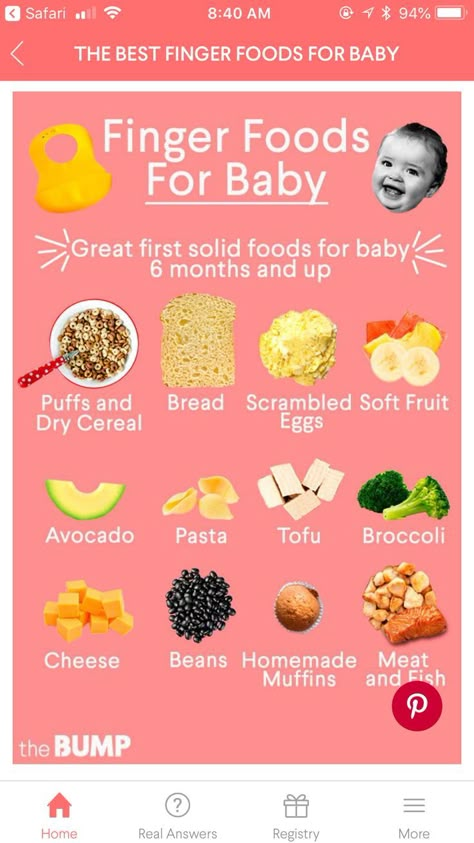 Full introduction of 10% porridge to the baby is also carried out for 7-8 days . The third week falls on the complete addiction of the child to a new dish. Only after that you can introduce a new cereal in the form of 10% porridge or the next complementary foods. Porridge should be given from a spoon, preferably in the morning, for breakfast . After porridge, at the stage of its introduction, the child should be offered breast or milk formula.
Full introduction of 10% porridge to the baby is also carried out for 7-8 days . The third week falls on the complete addiction of the child to a new dish. Only after that you can introduce a new cereal in the form of 10% porridge or the next complementary foods. Porridge should be given from a spoon, preferably in the morning, for breakfast . After porridge, at the stage of its introduction, the child should be offered breast or milk formula.
When artificially fed - the volume of the mixture after a portion of porridge should be such that together with porridge it is 200 ml for five feedings. In the future, the volume of a serving of porridge gradually increases, amounting to 160-170 ml at 7-8 months, 170-180 ml at 8-9 months, and up to 200 ml after 9 months (there is a complete replacement of one feeding of the child with complementary foods.
Cereal schedule
- day - 1 teaspoon 5 g
- day - 2 teaspoons 10 g
- day - 3 teaspoons 15 g
- day - 4 teaspoons 20 g
- day - 50 ml 50 g
- day - 100 ml 100 g
- day - 150 ml 150 g
General rules for the introduction of first complementary foods
Concluding our meeting, I would like to dwell on the general rules for the introduction of complementary foods to children in the first year of life, 10 tips from the professor:
- It is better to introduce the first complementary foods in the morning 9-11 am
- Do not add sugar or salt .
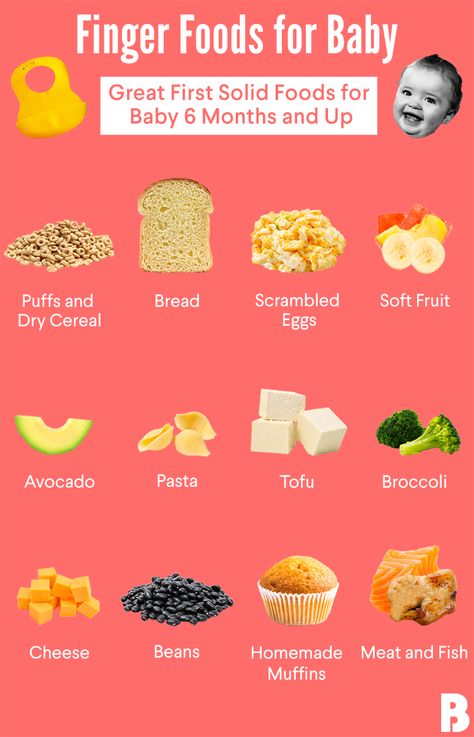
- When the child is calm and not tired.
- Start with 0.5-2 teaspoons . If the child refuses, do not insist.
- If there is no rash, skin changes, stool changes, double the dose the next day. Gradually, in 7-10 days bring the first complementary foods of the child to the age norm : 100-200 g
- If there is allergic reaction - refuse for 3 days
- Each subsequent new complementary food must be one-piece
- A dish of mixed foods give when the child has already become familiar with all foods separately.
- It is not advisable to introduce new products 3 days before and after vaccinations.
- Start giving your baby at ode when you start feeding.



